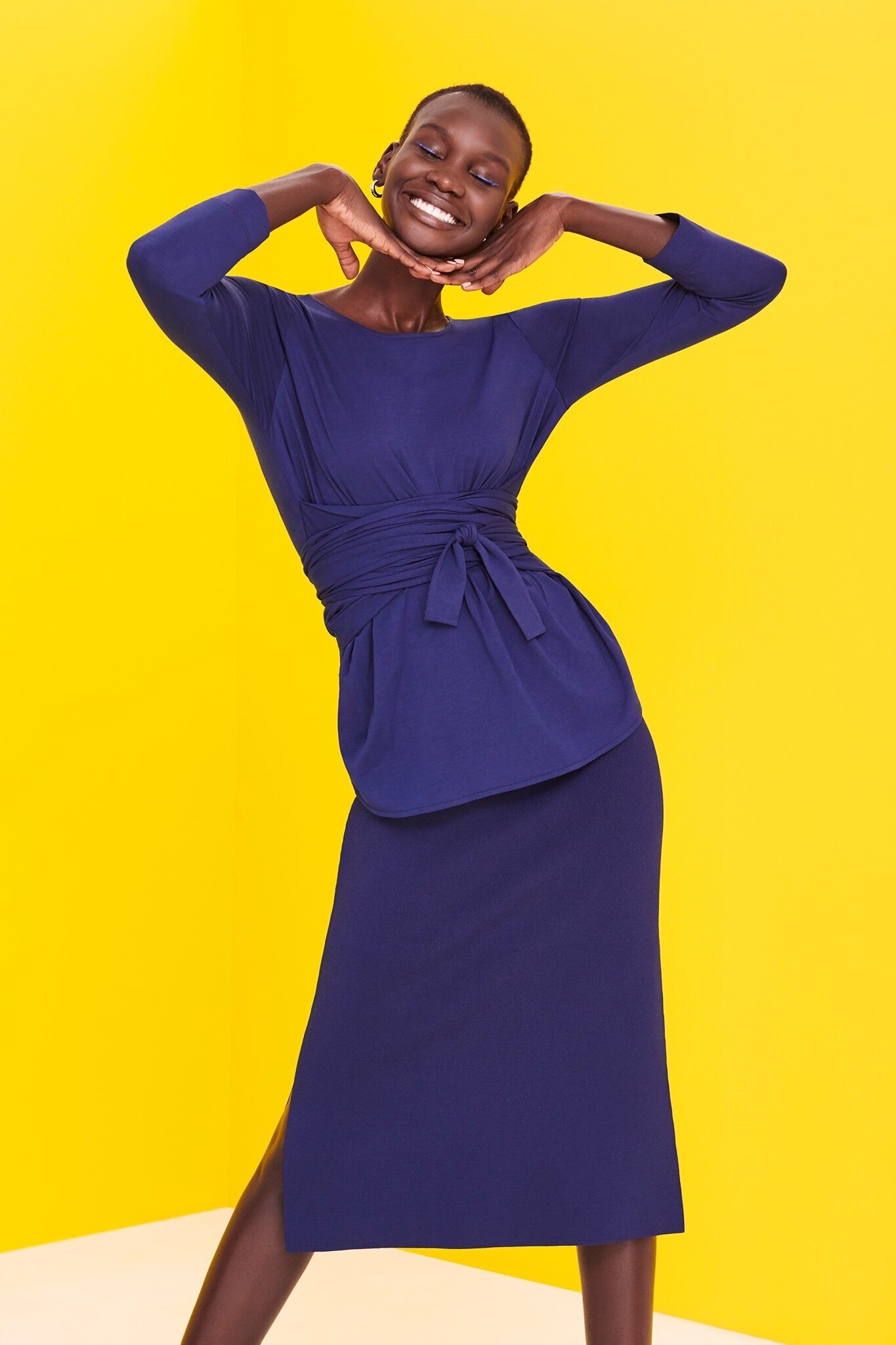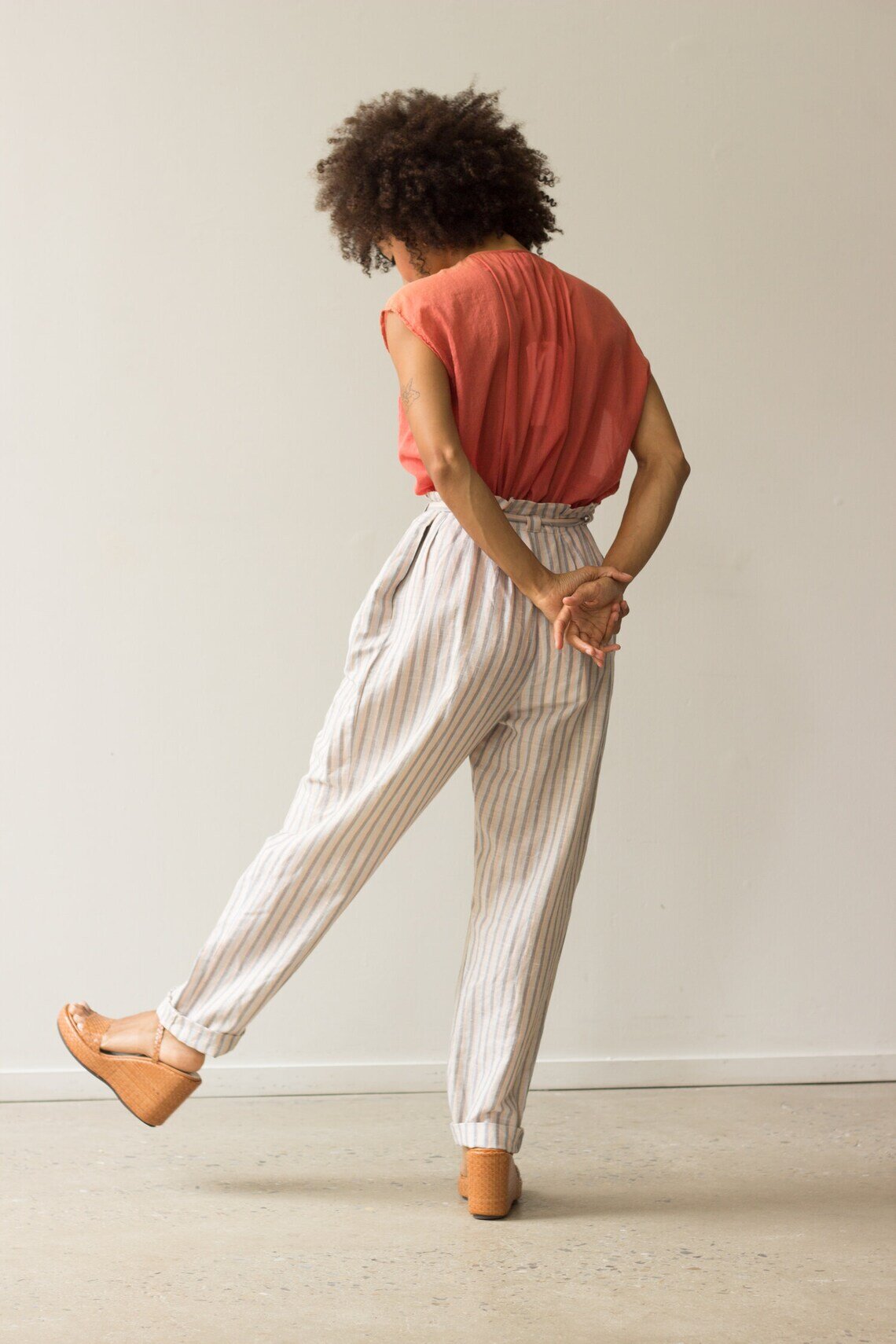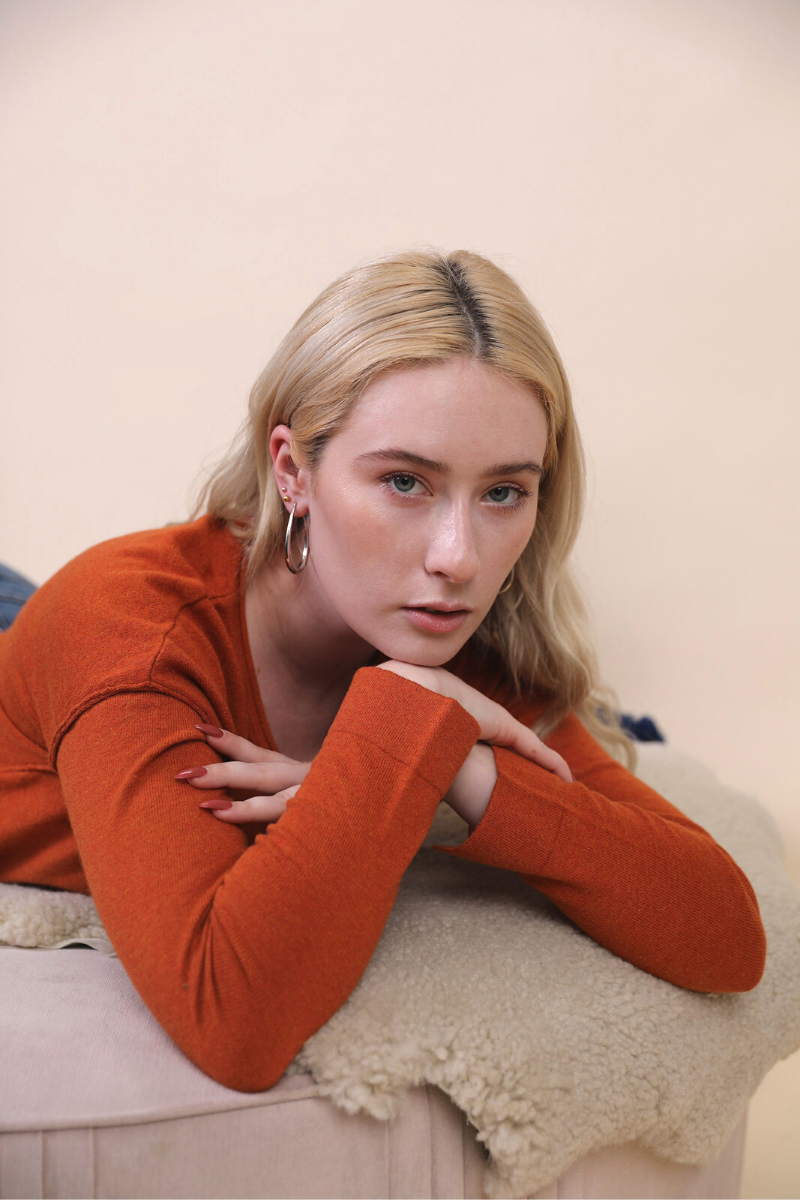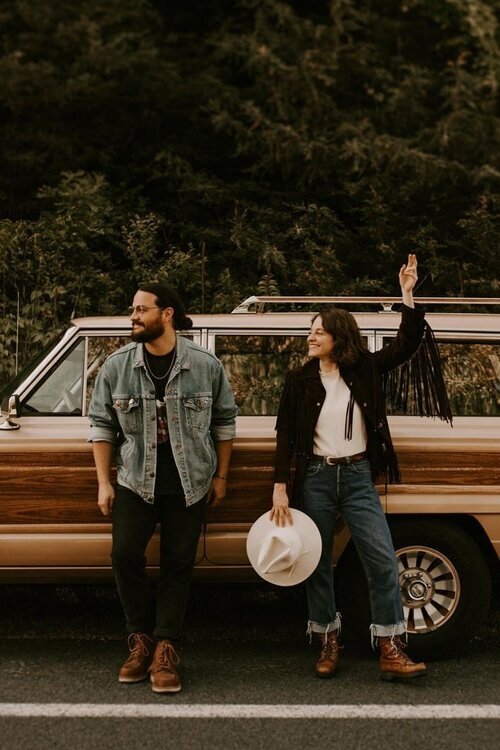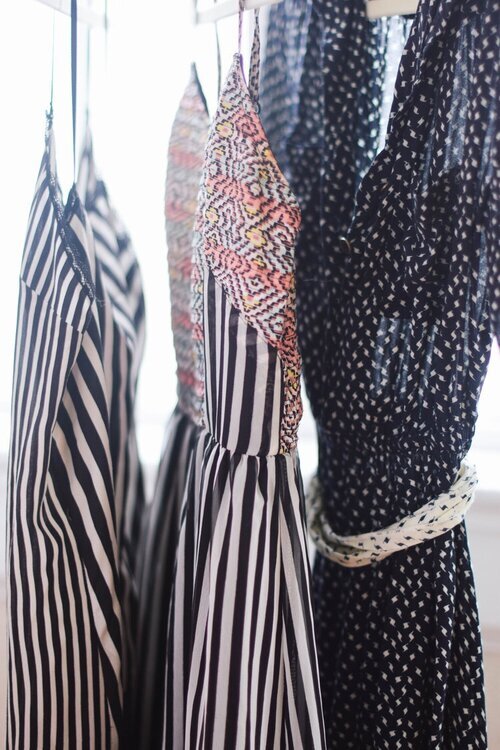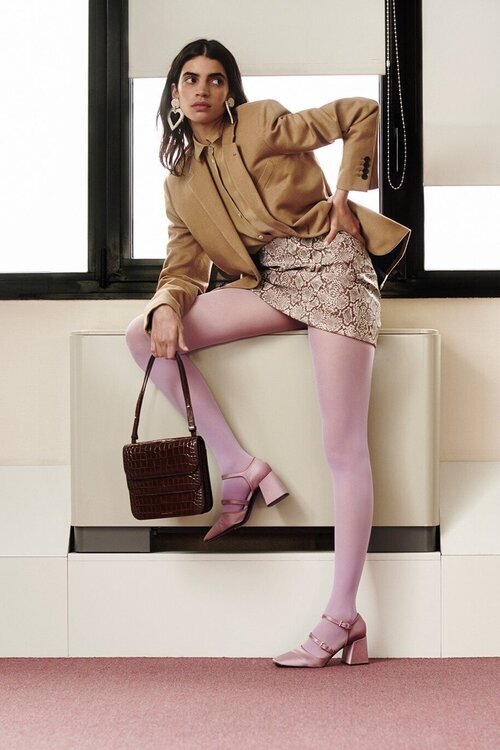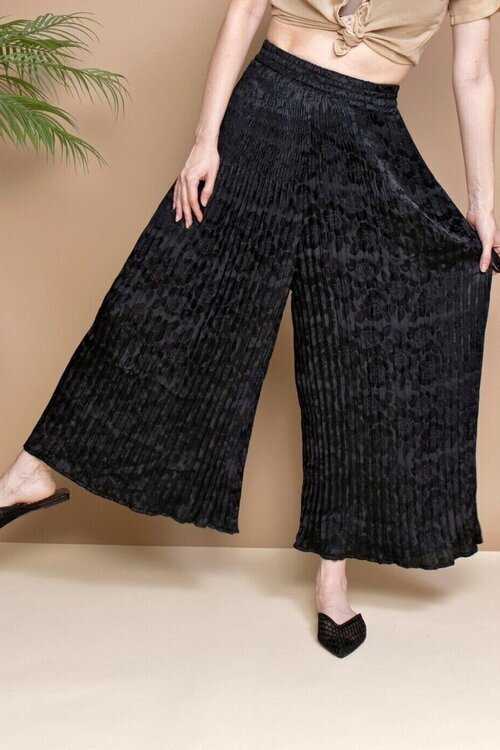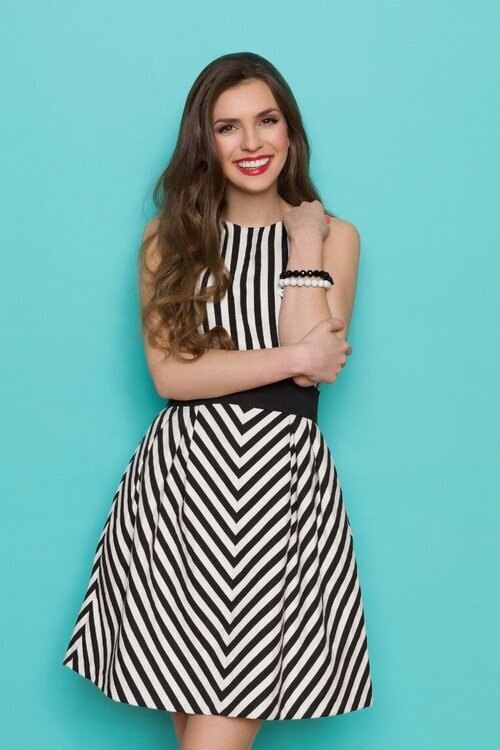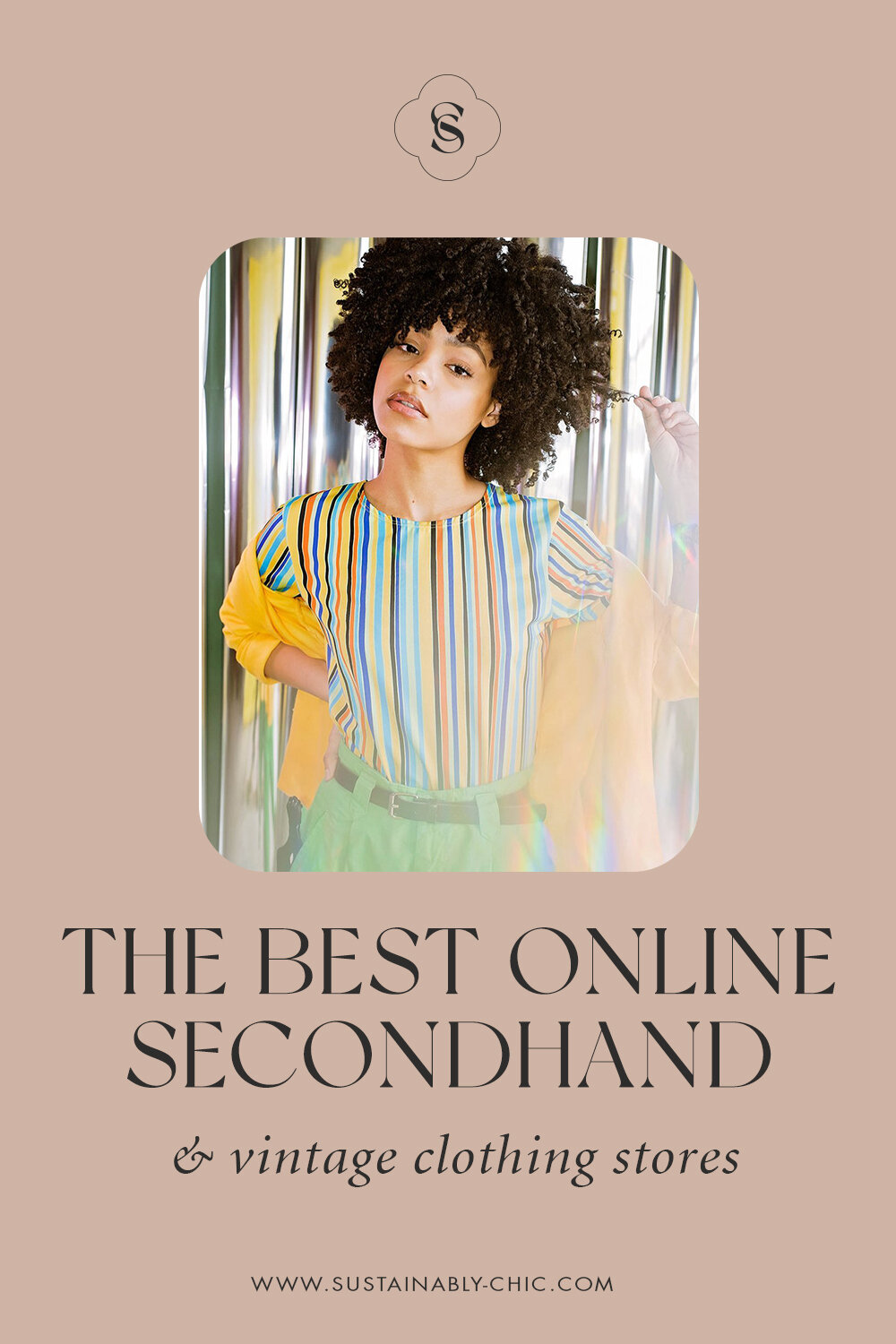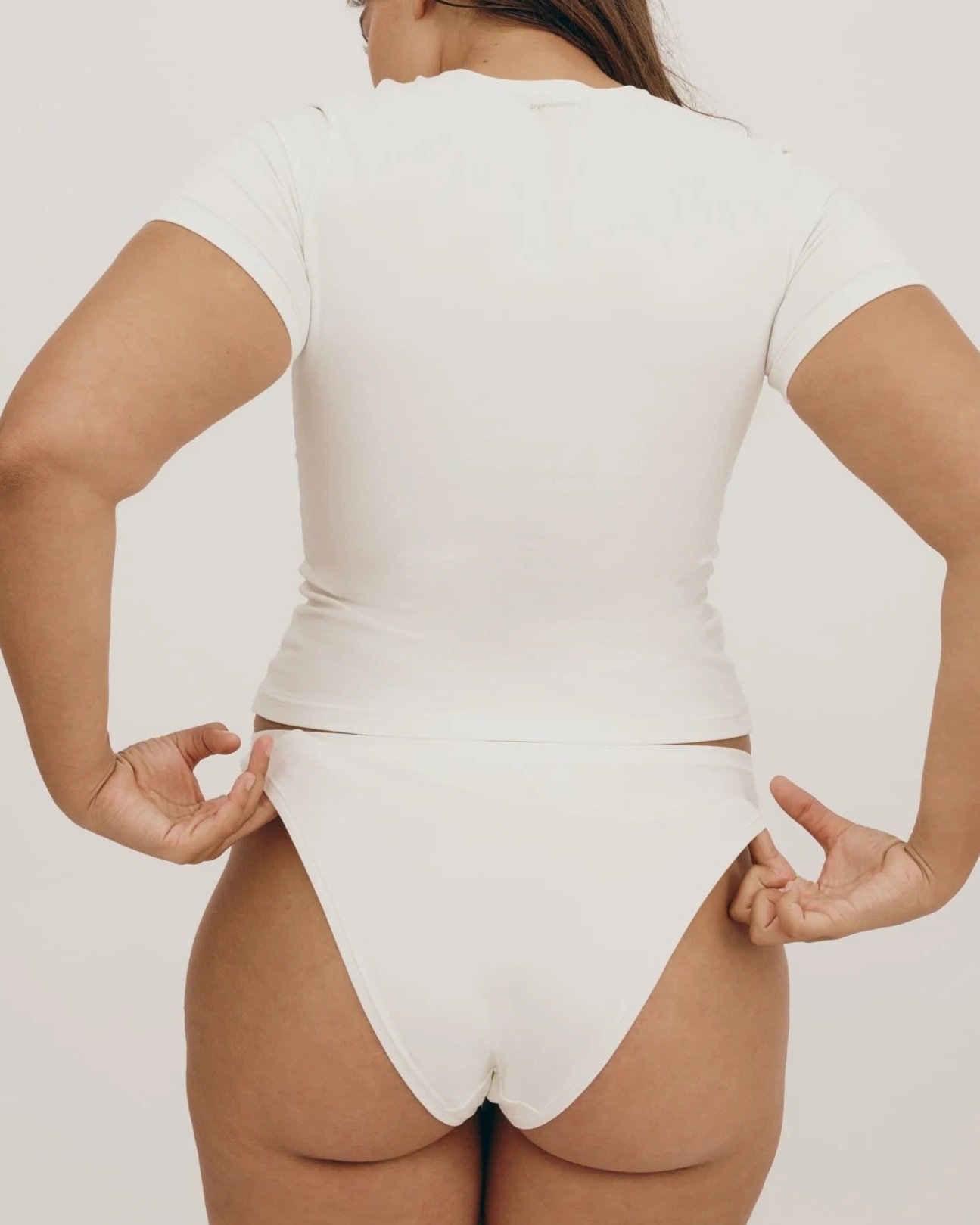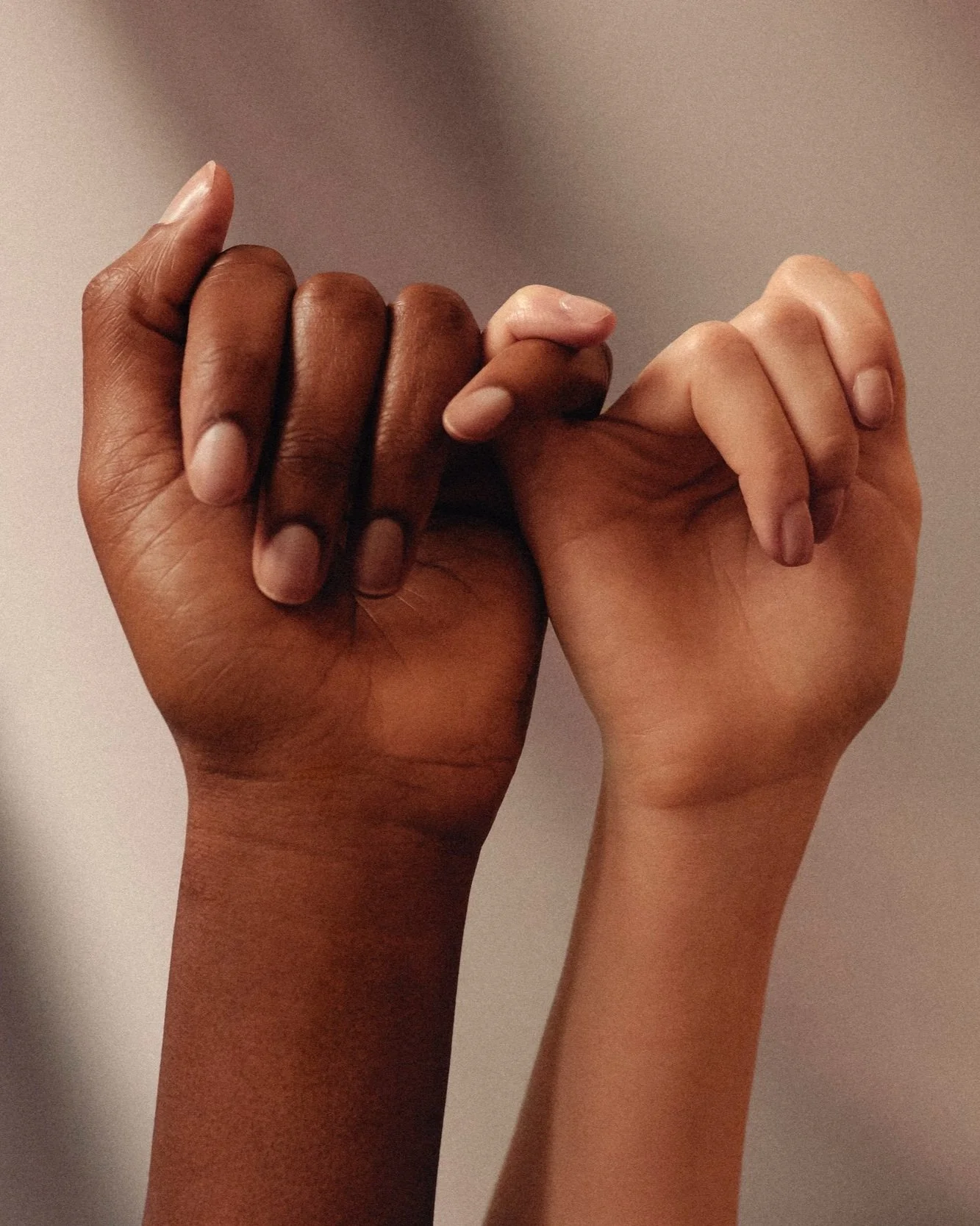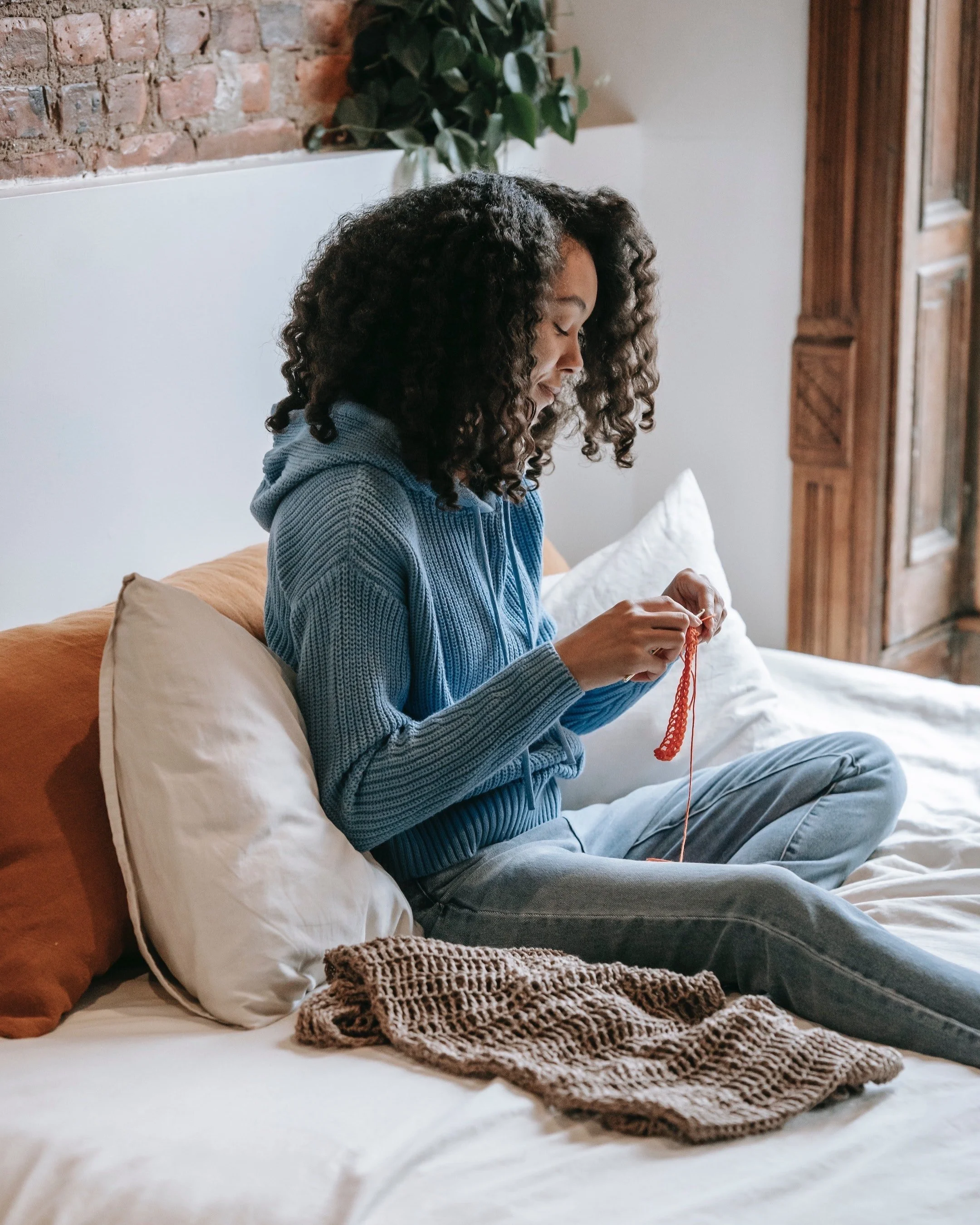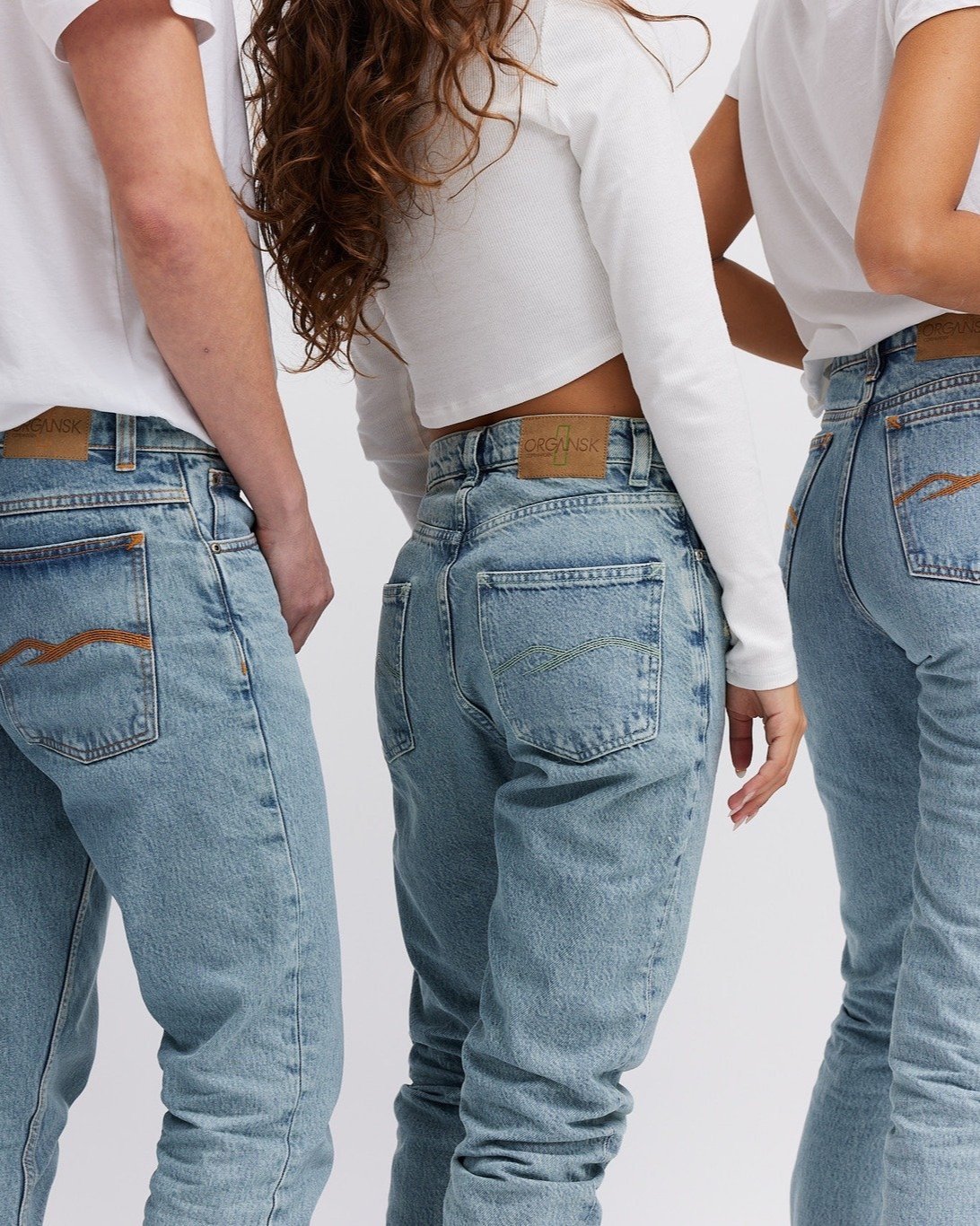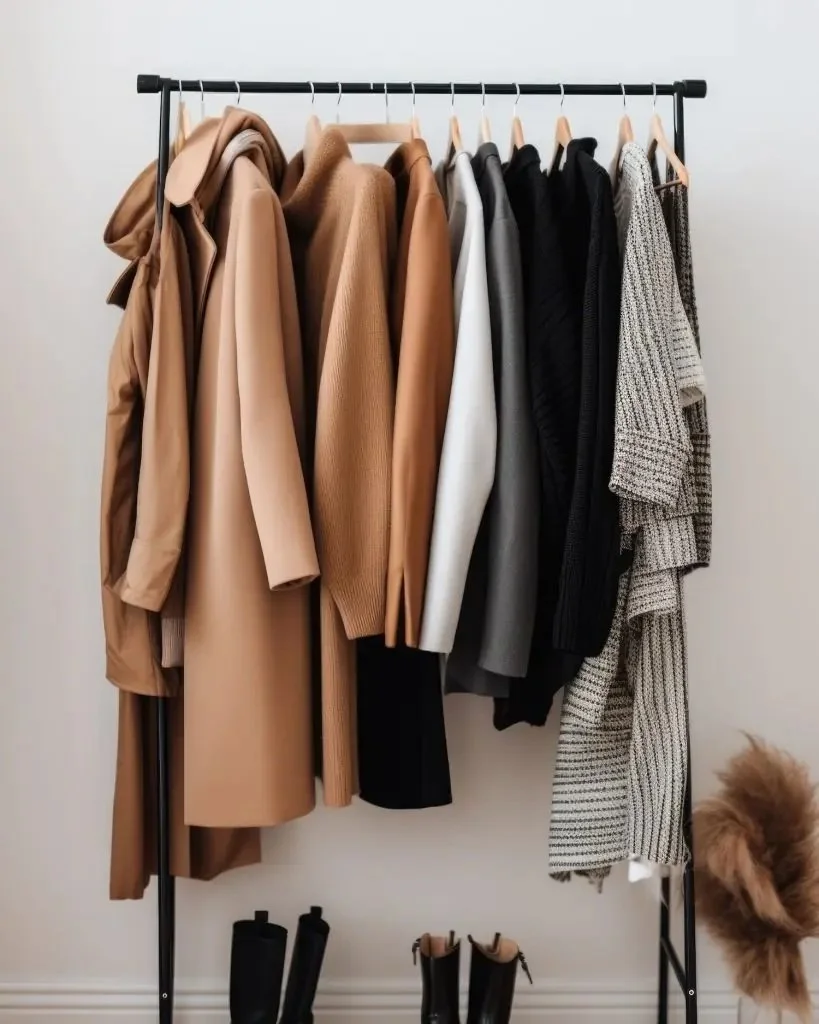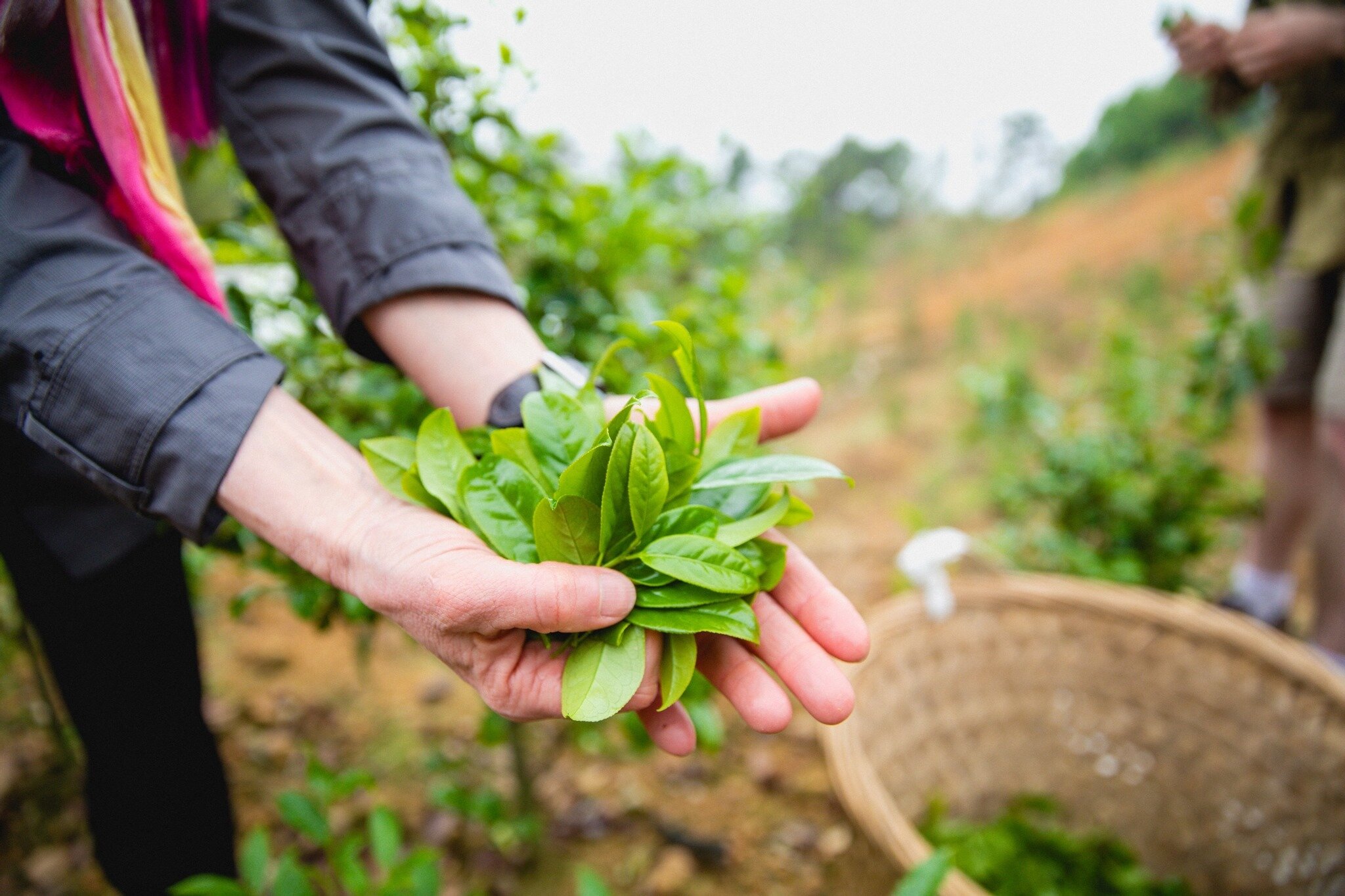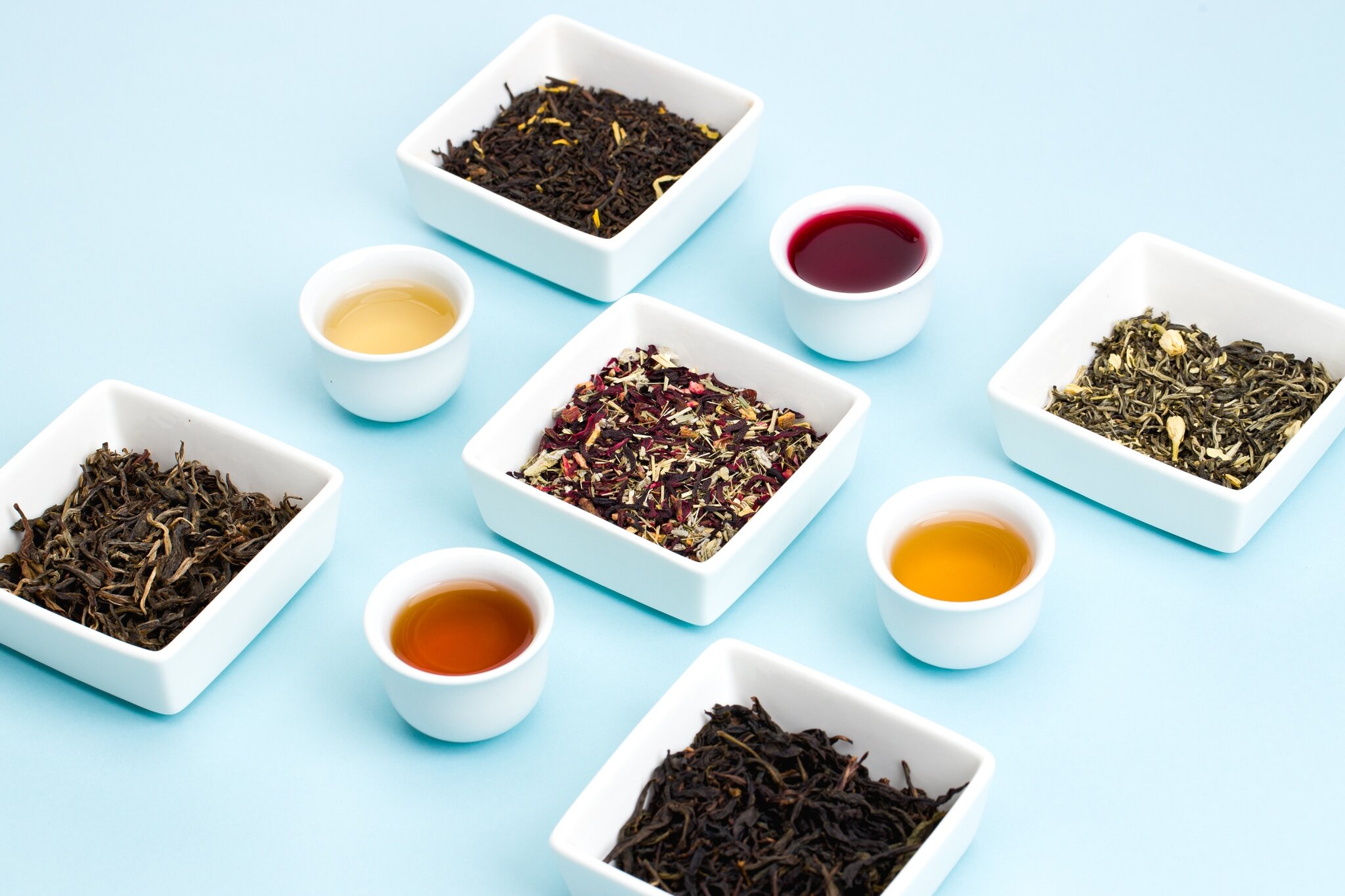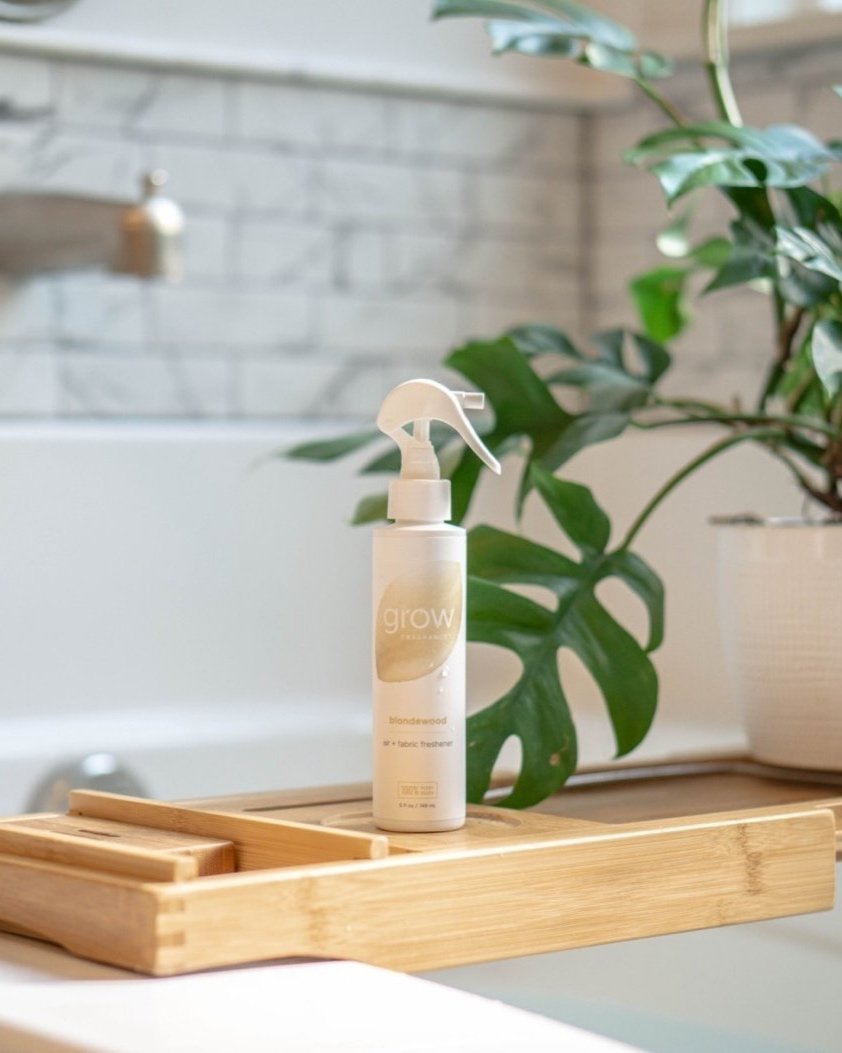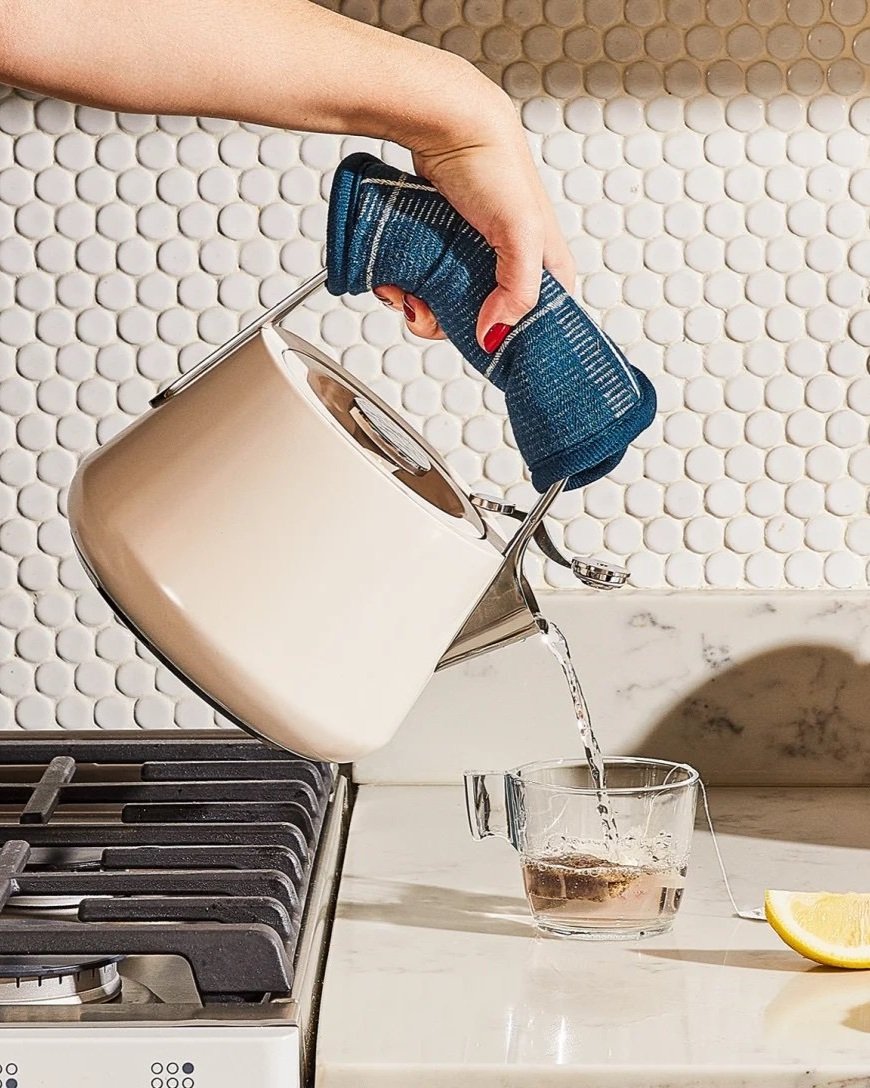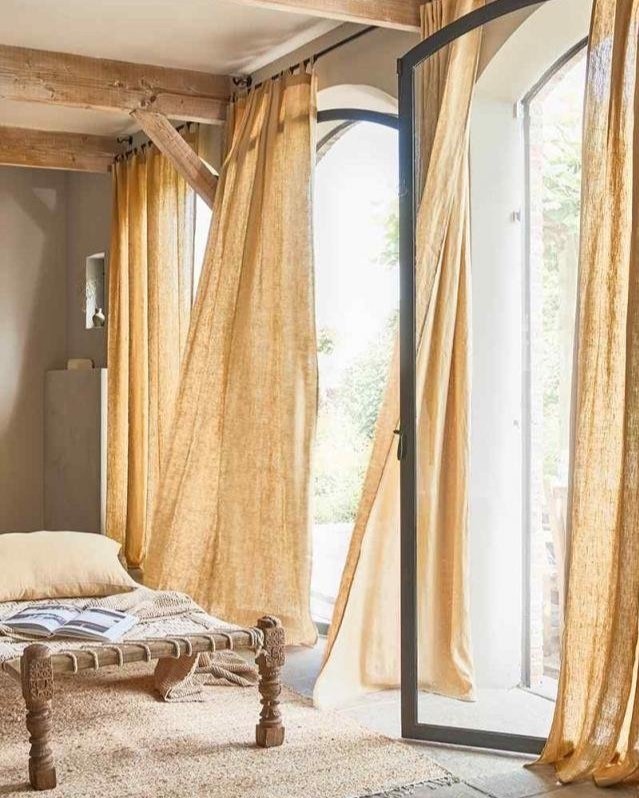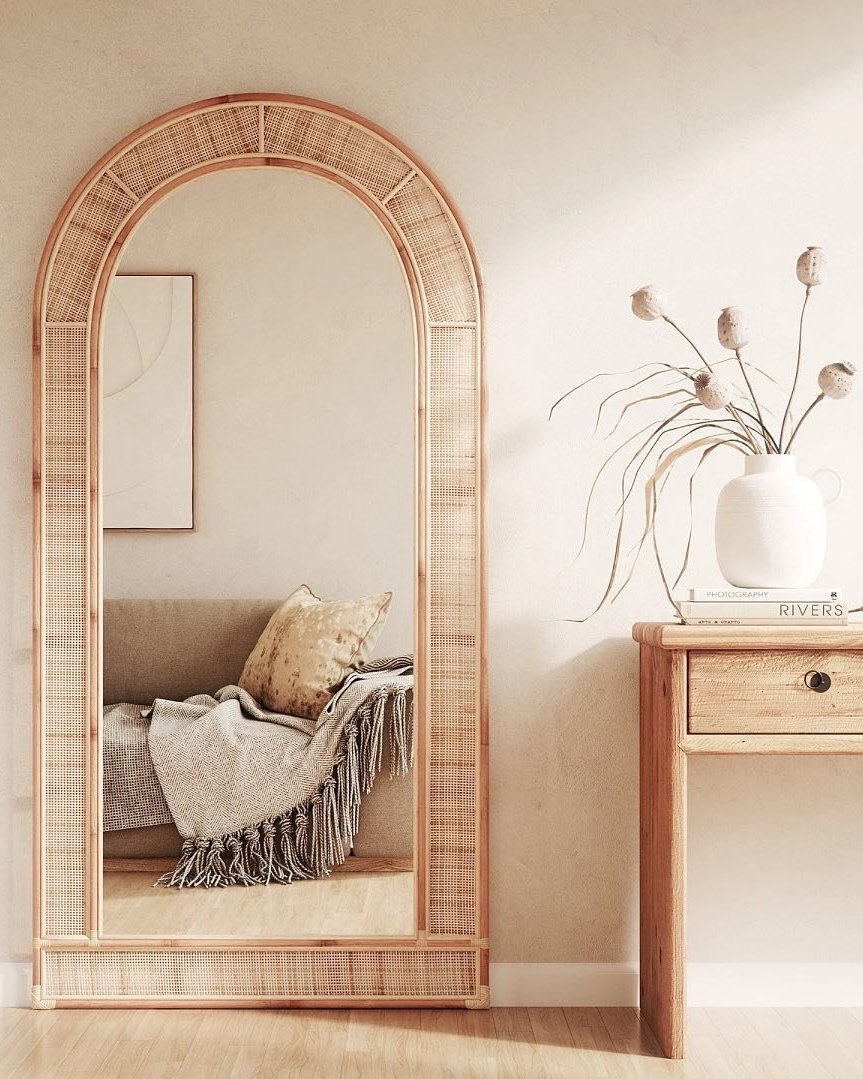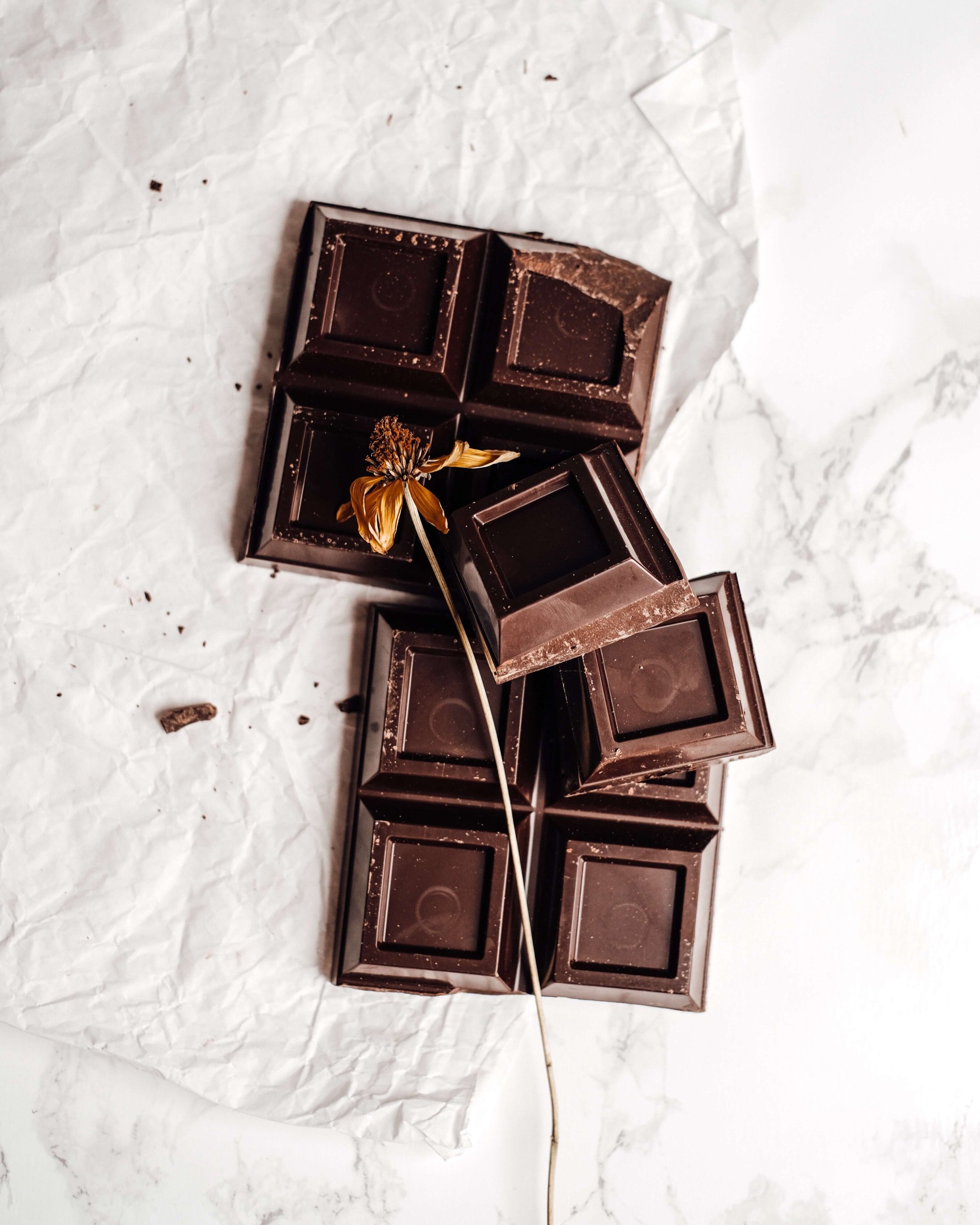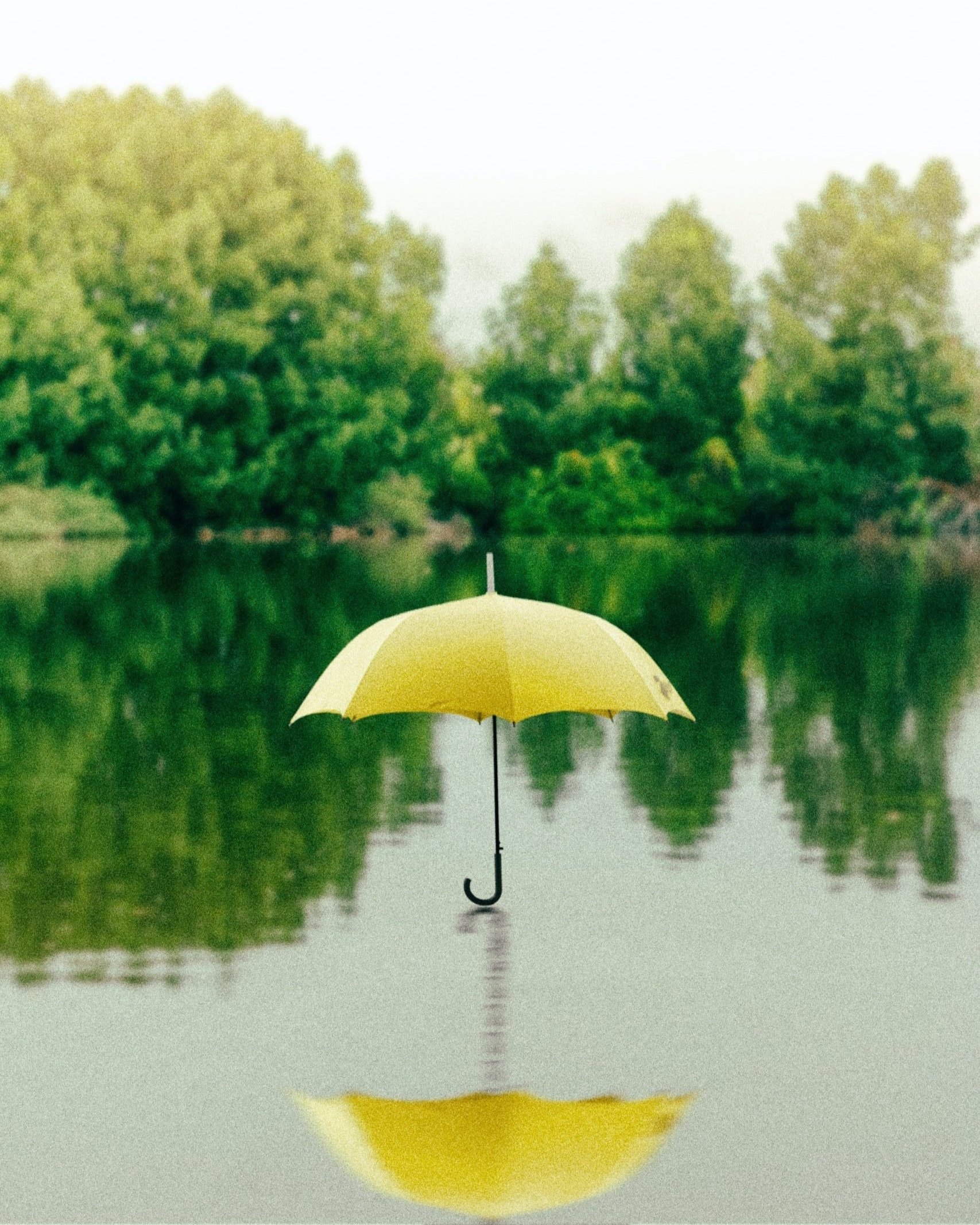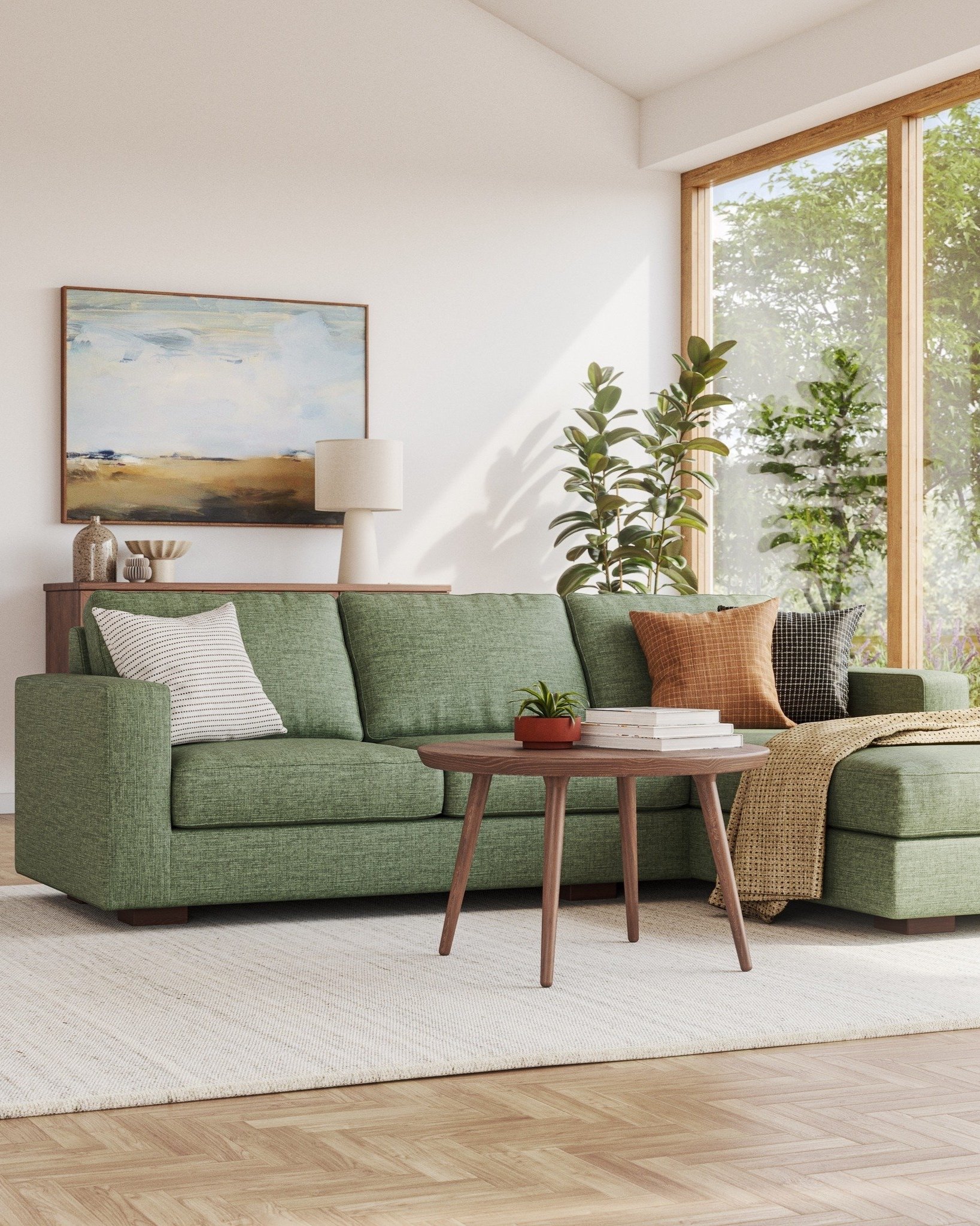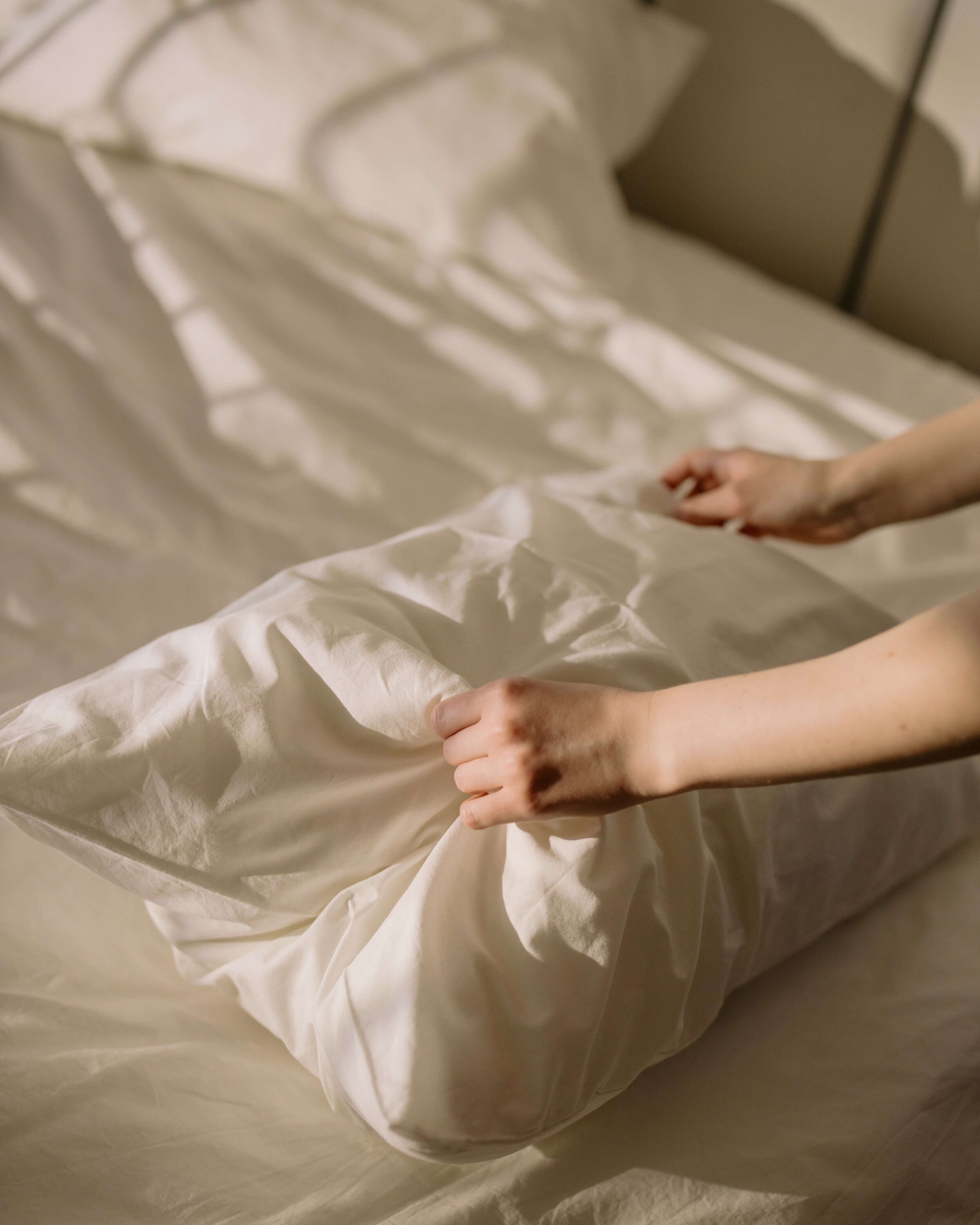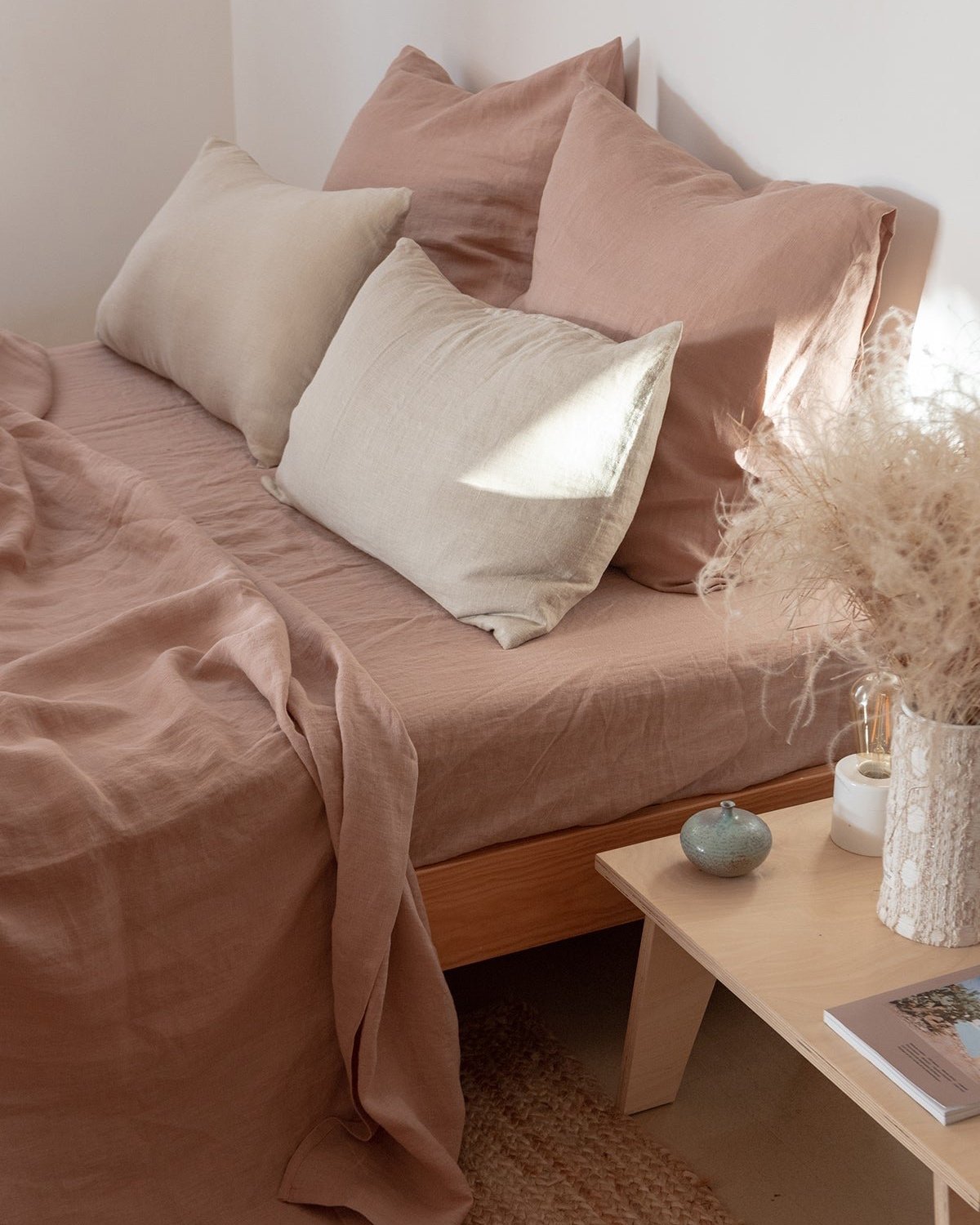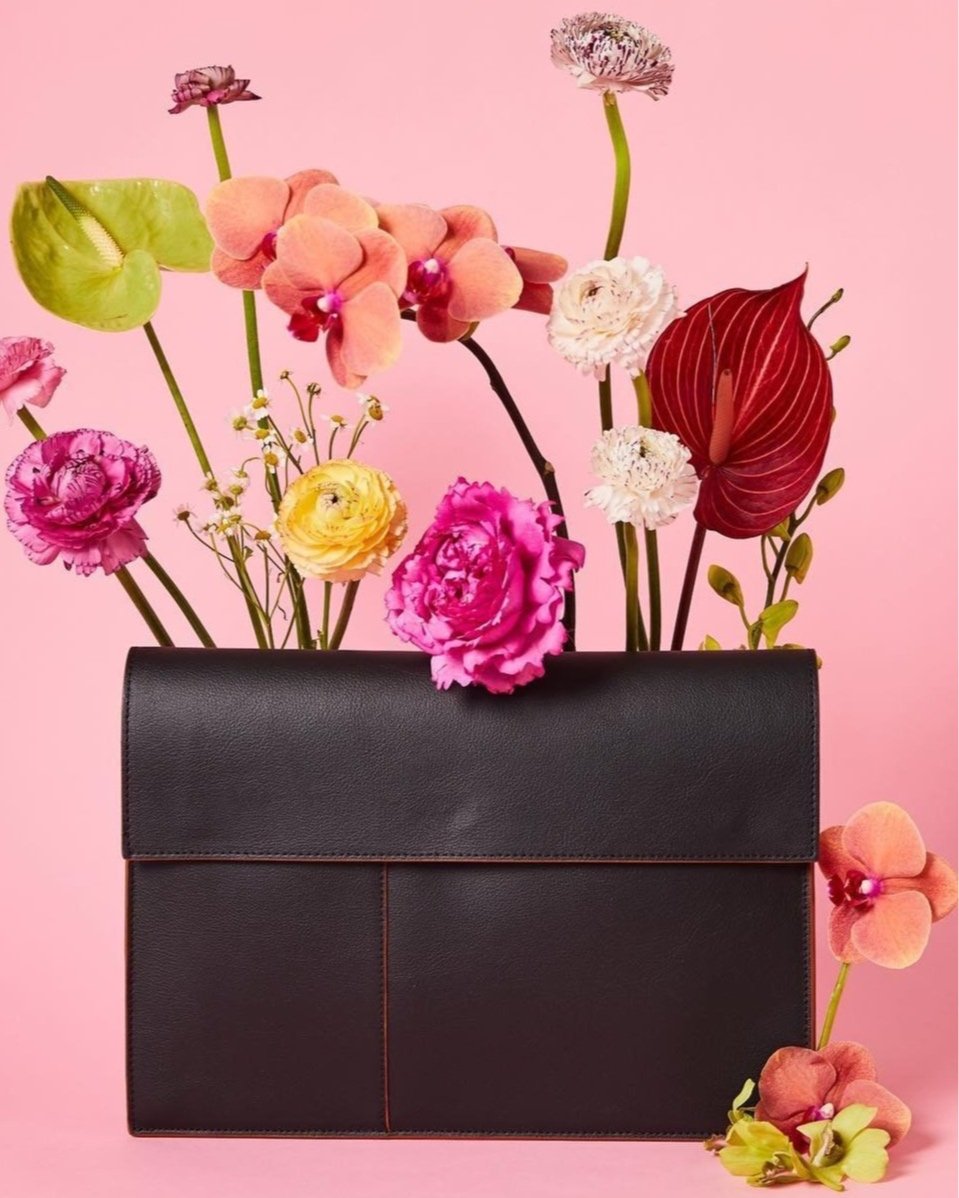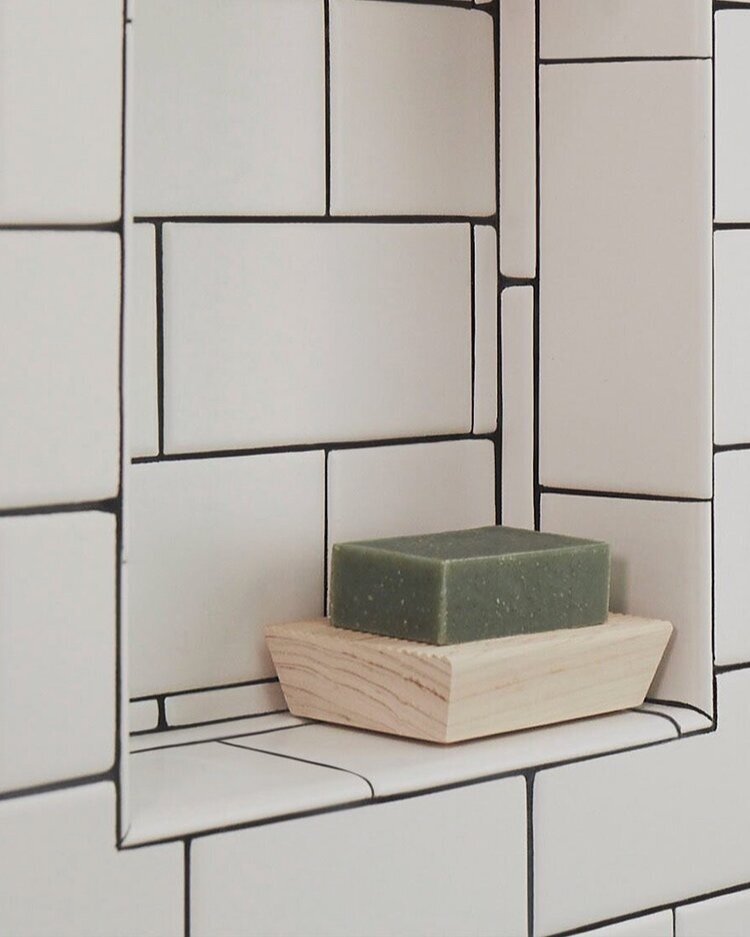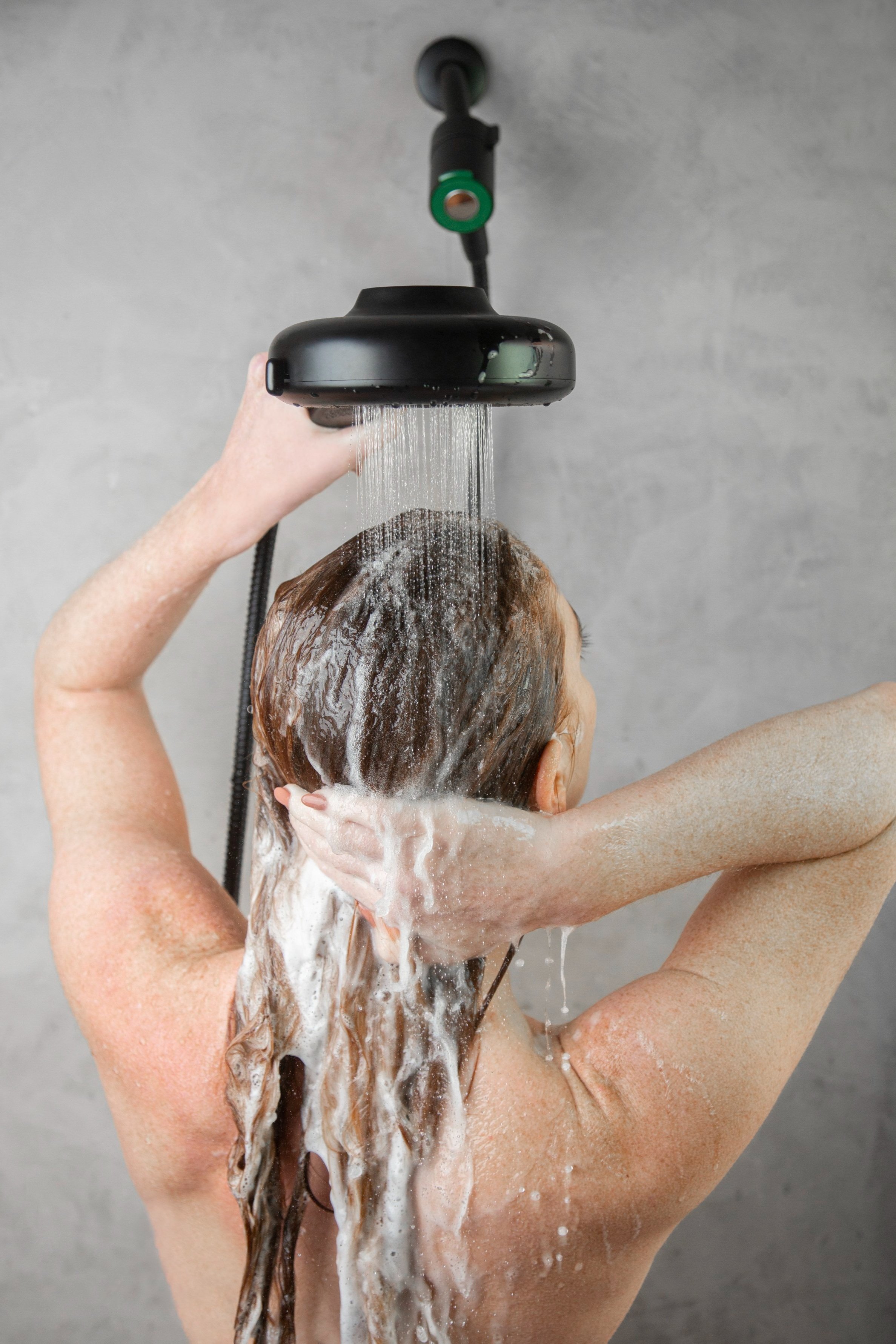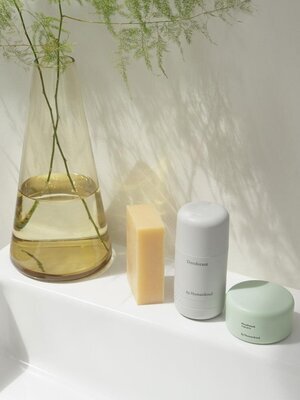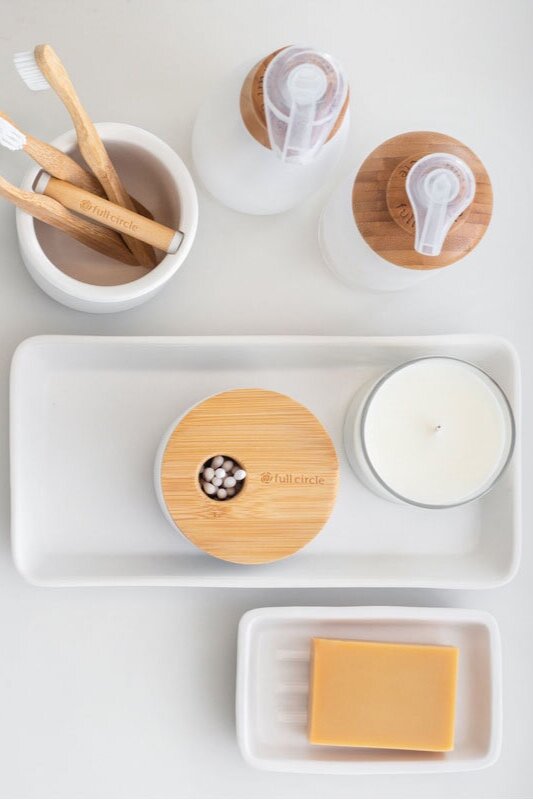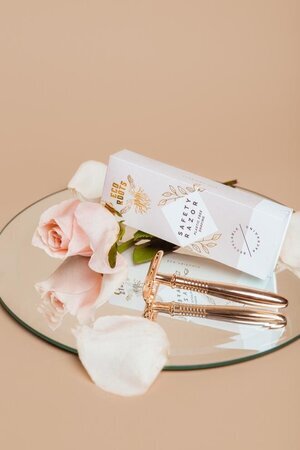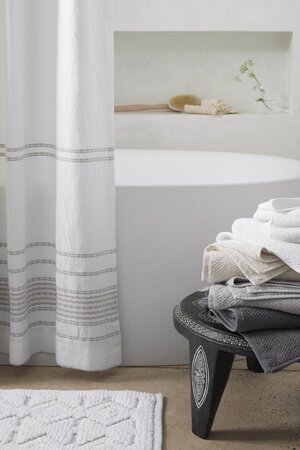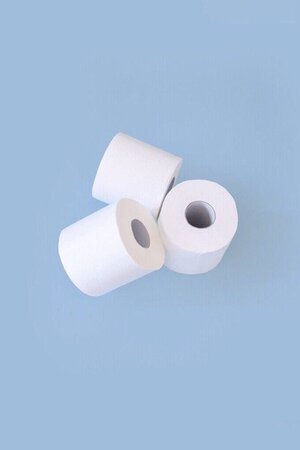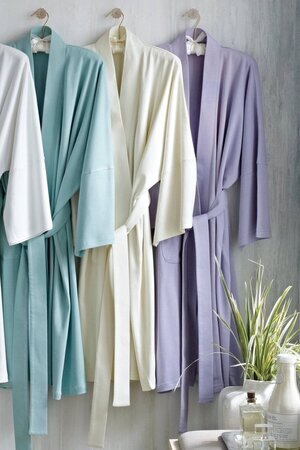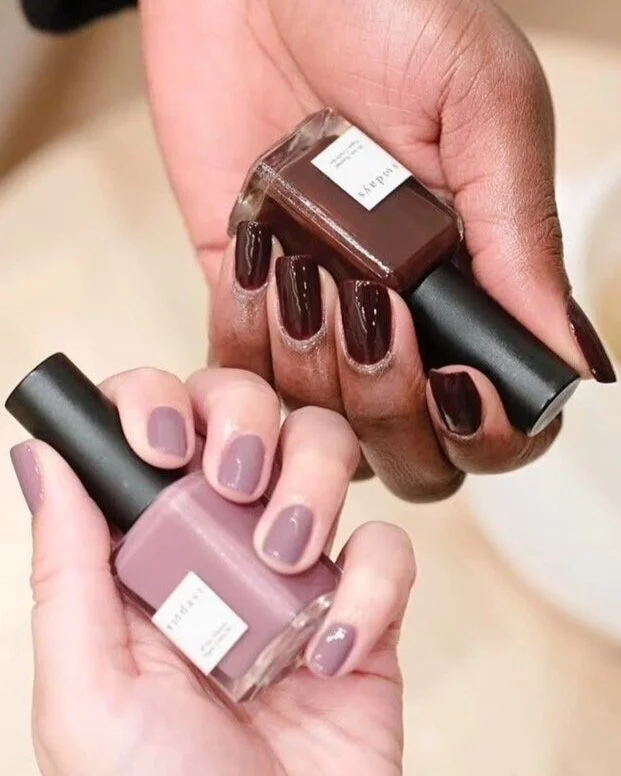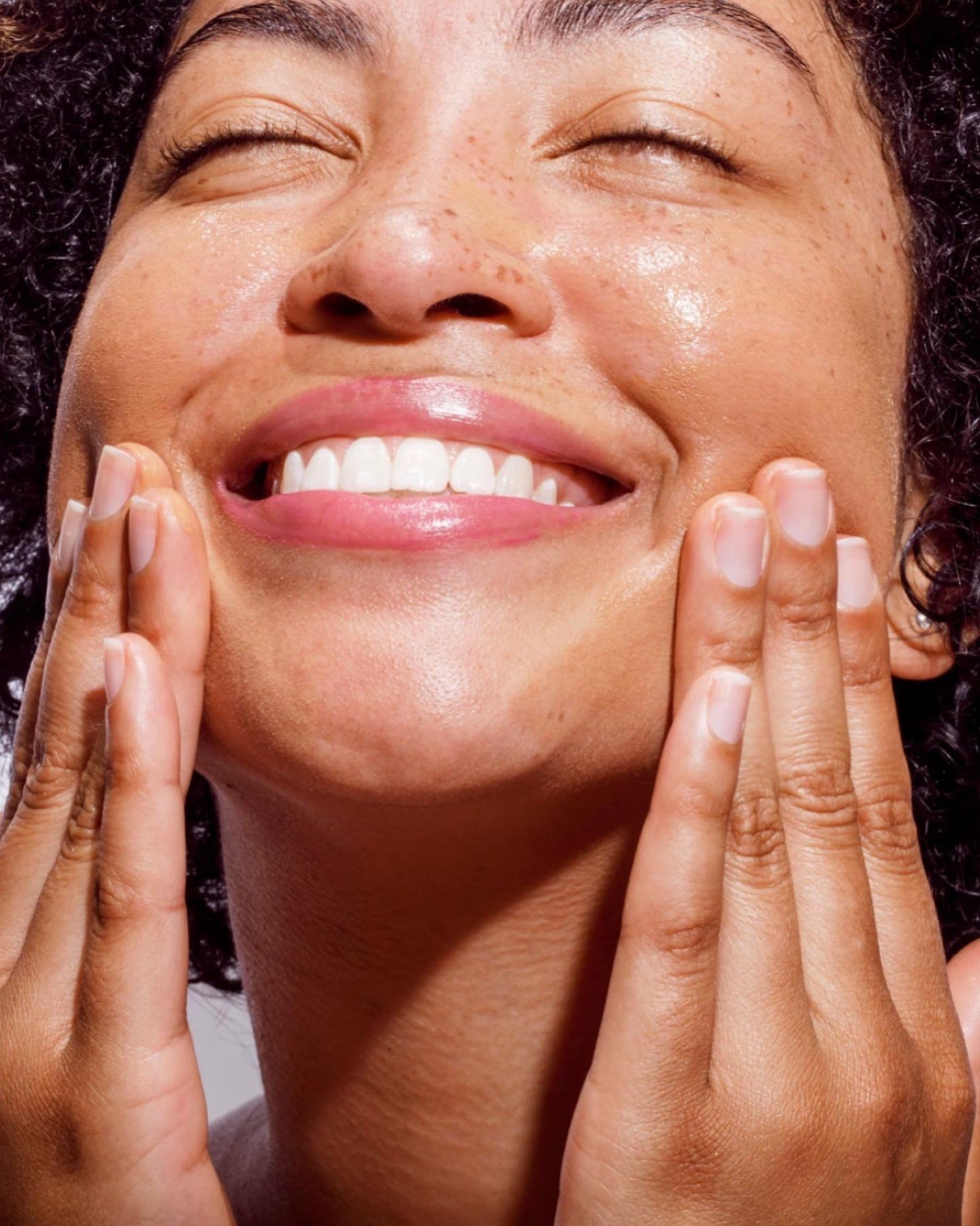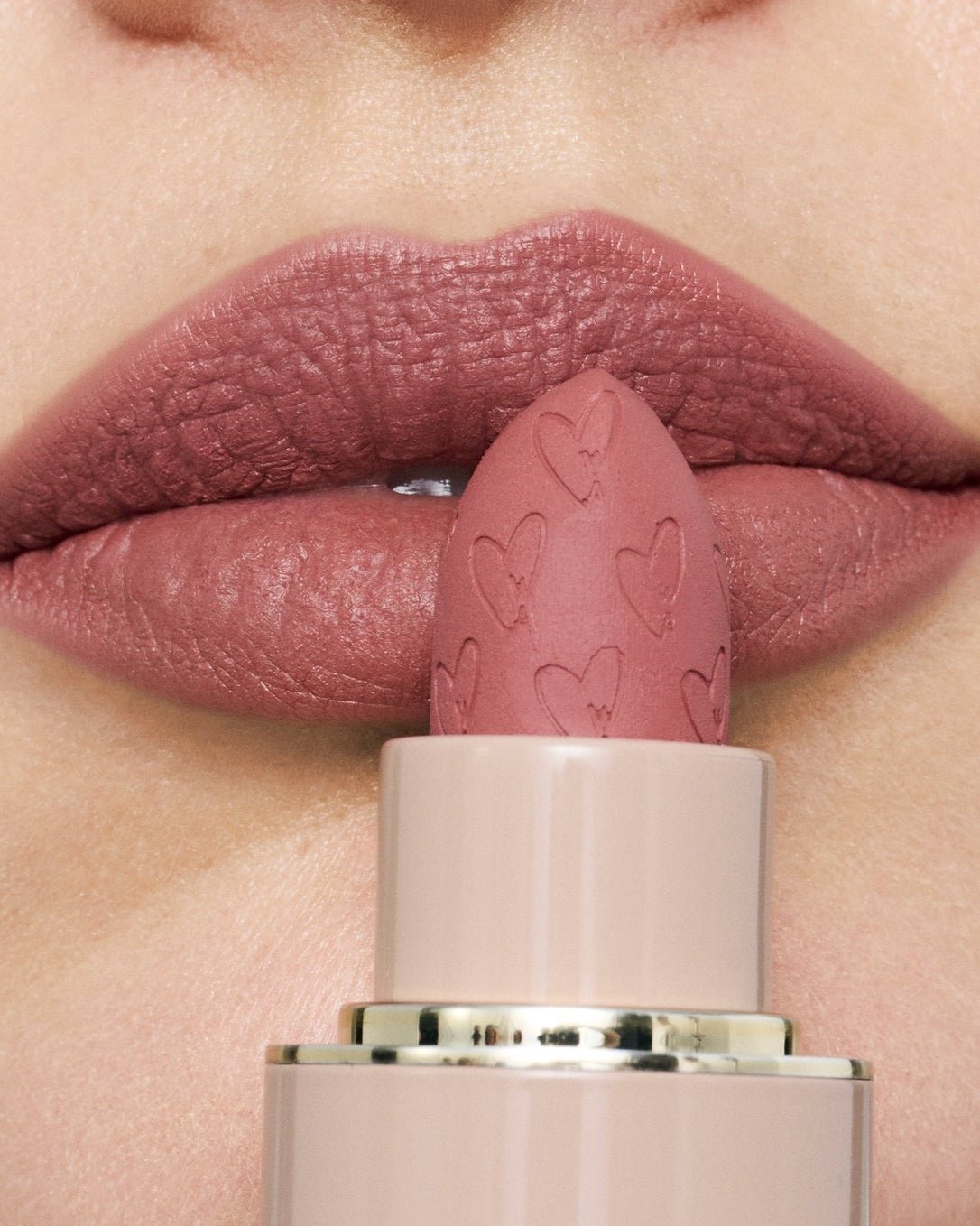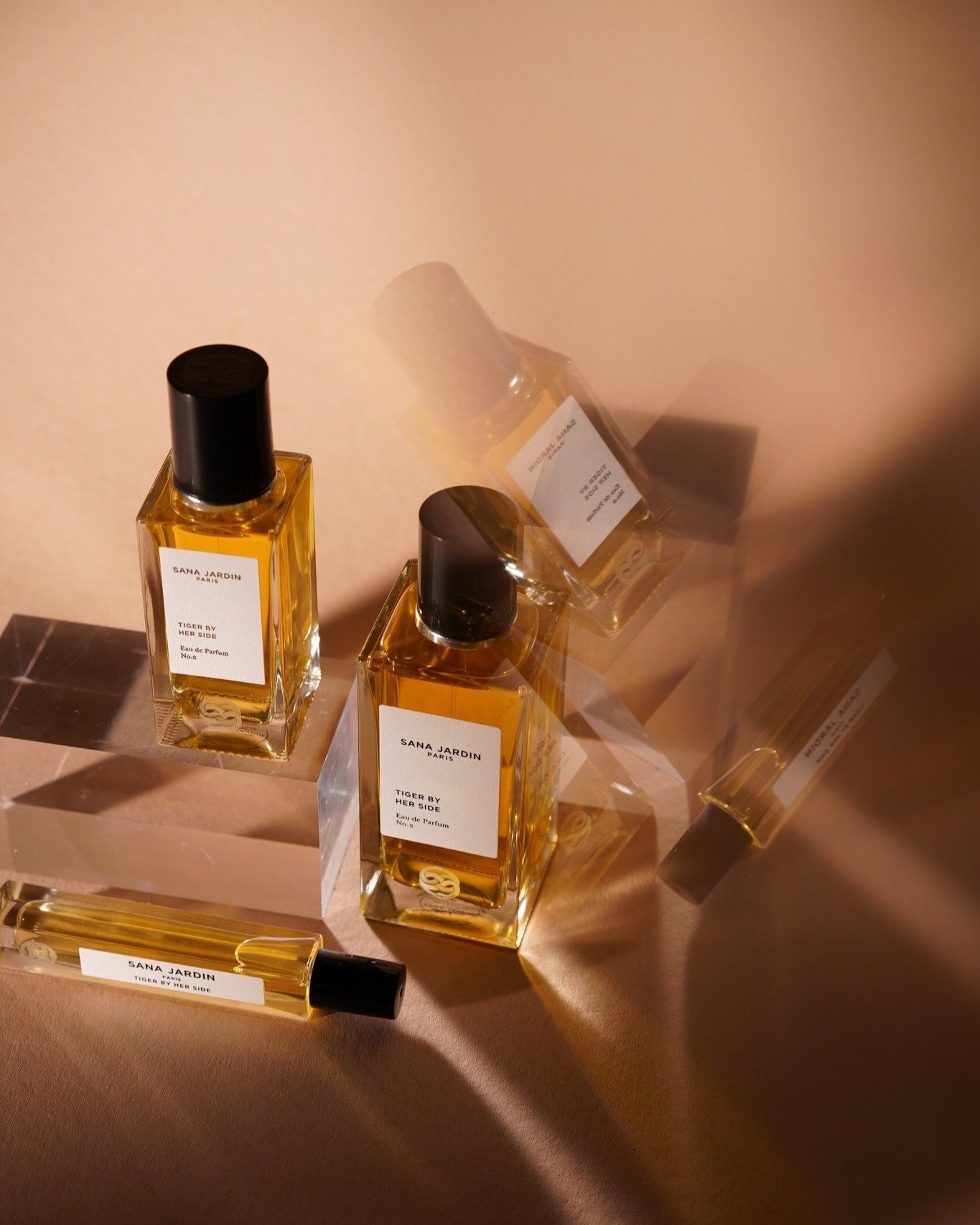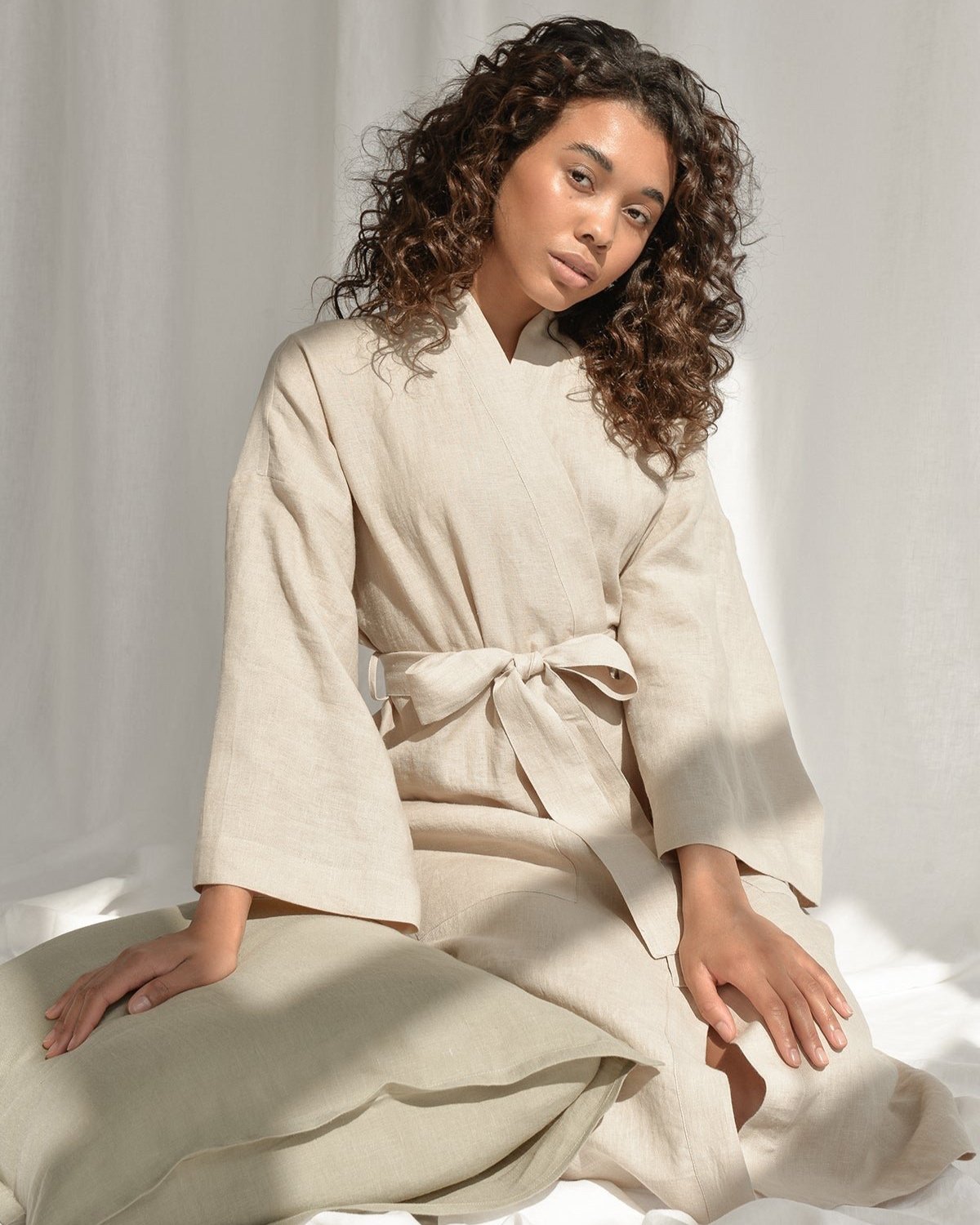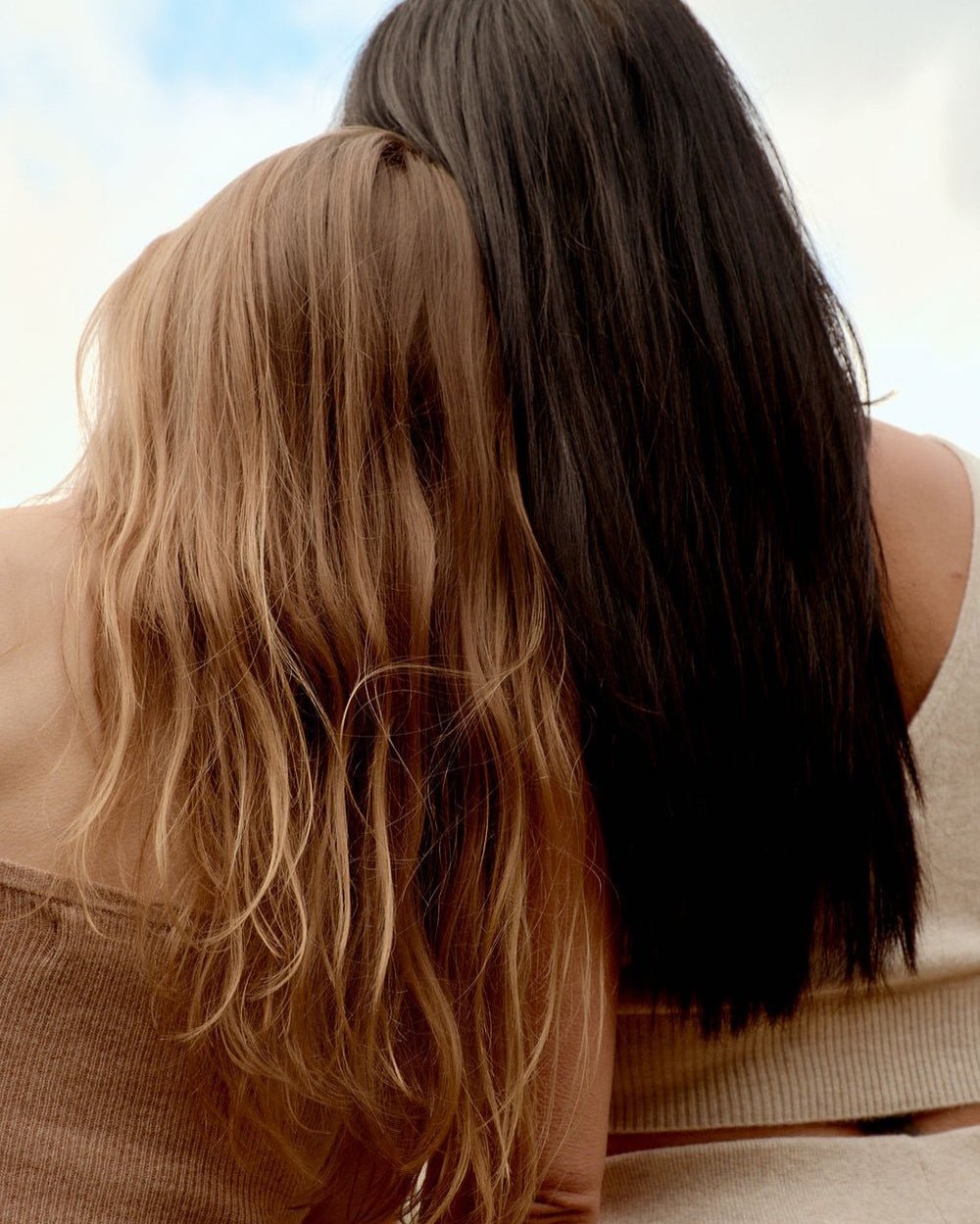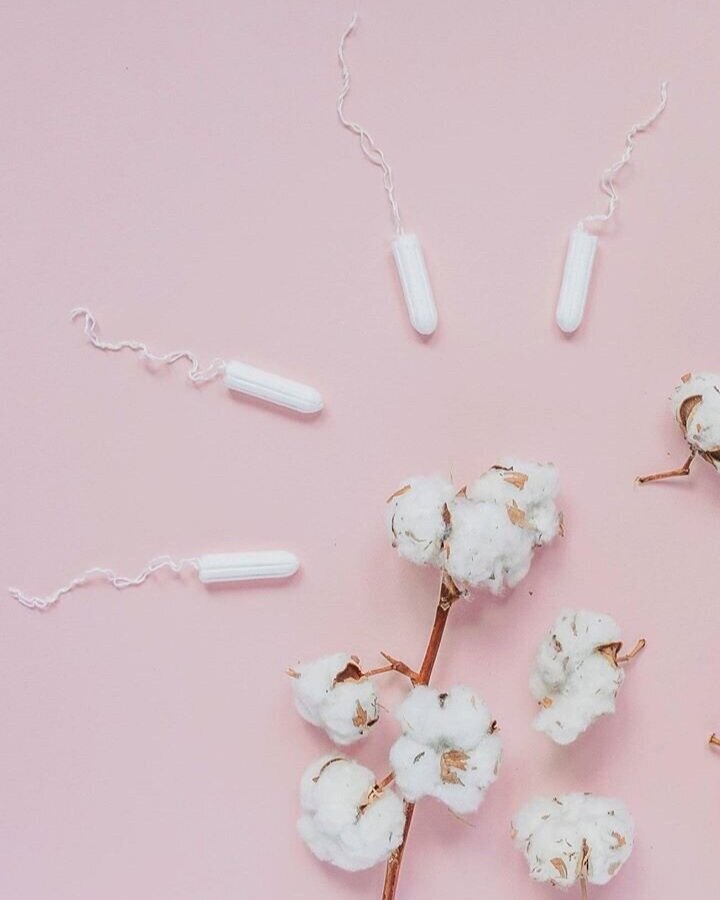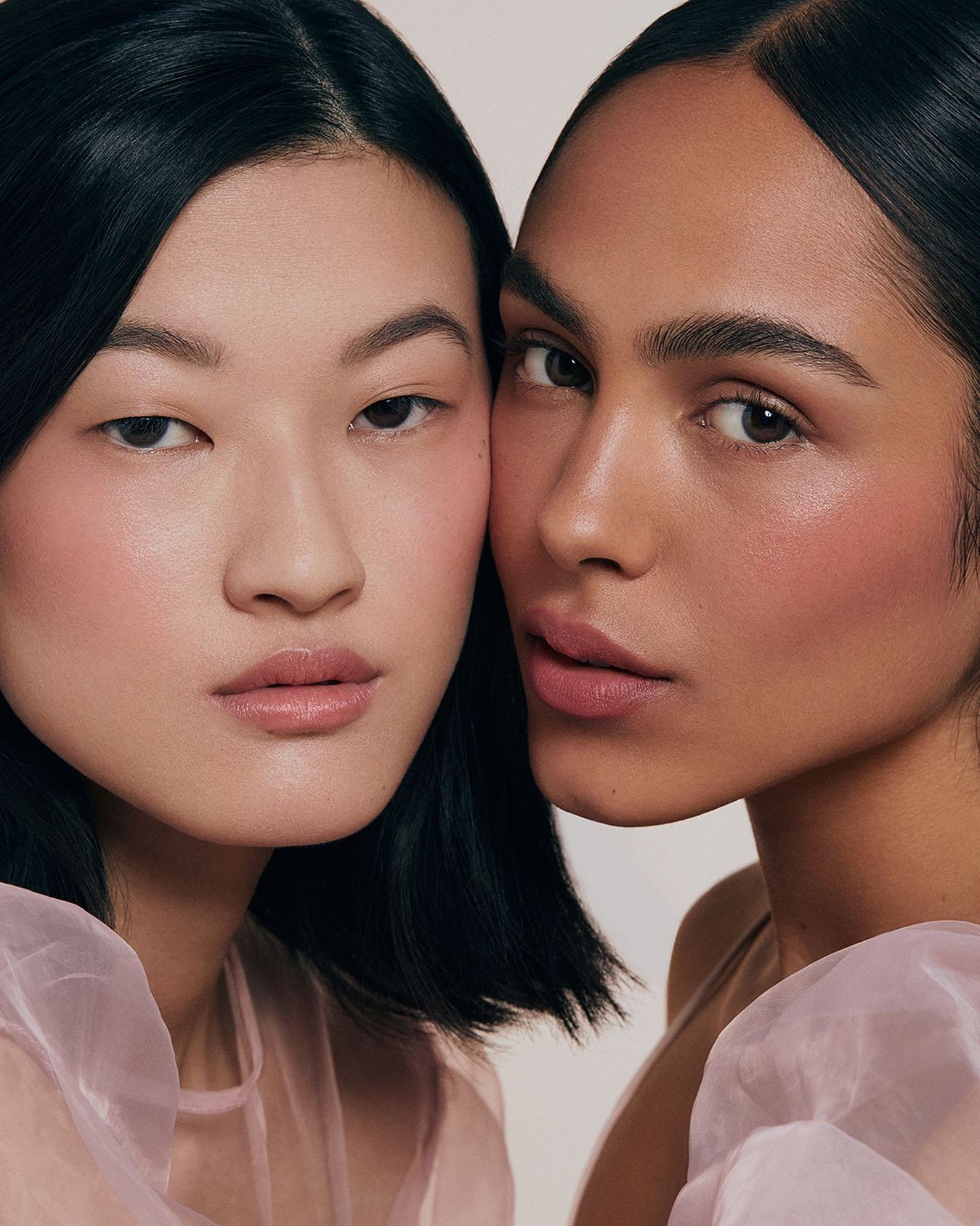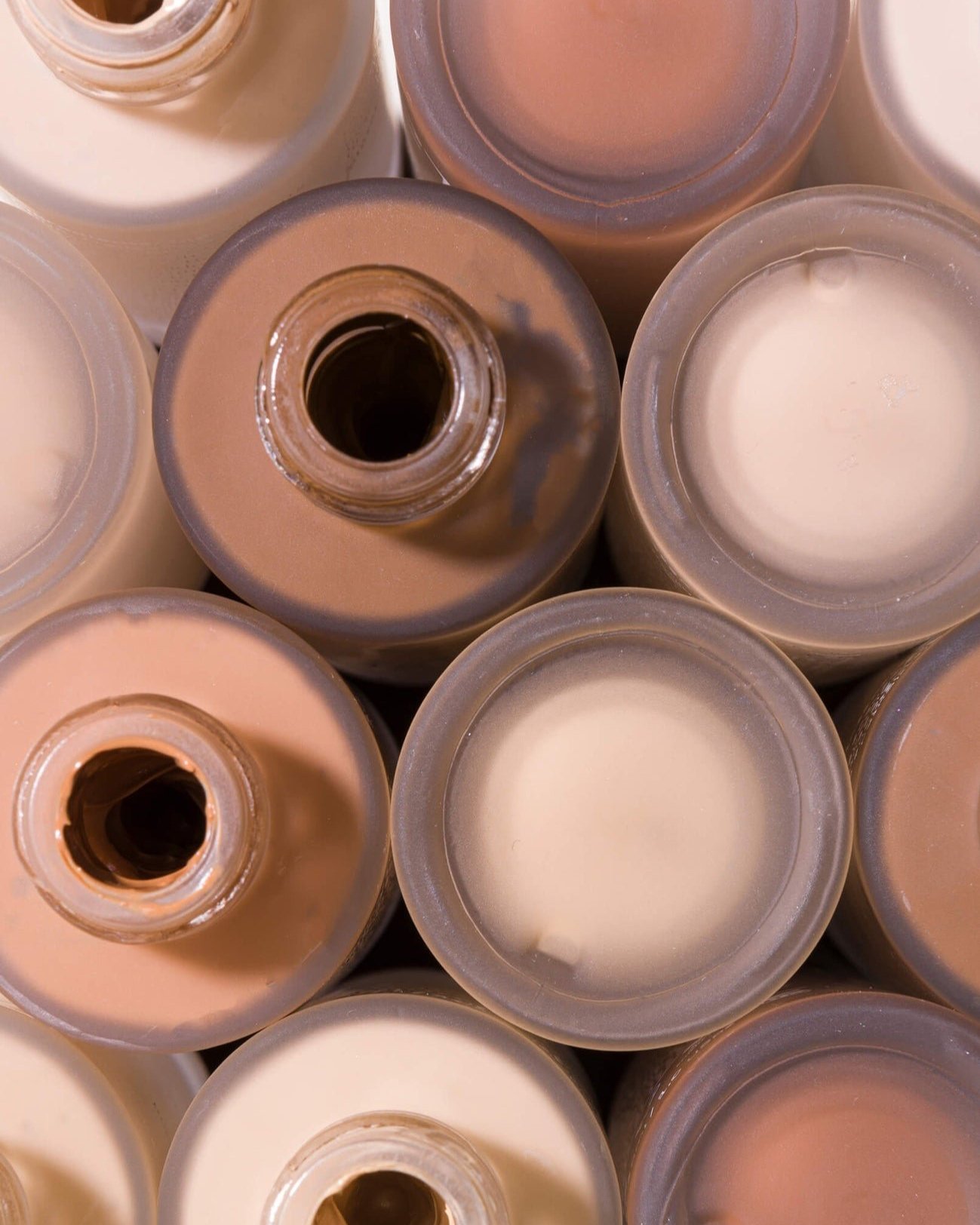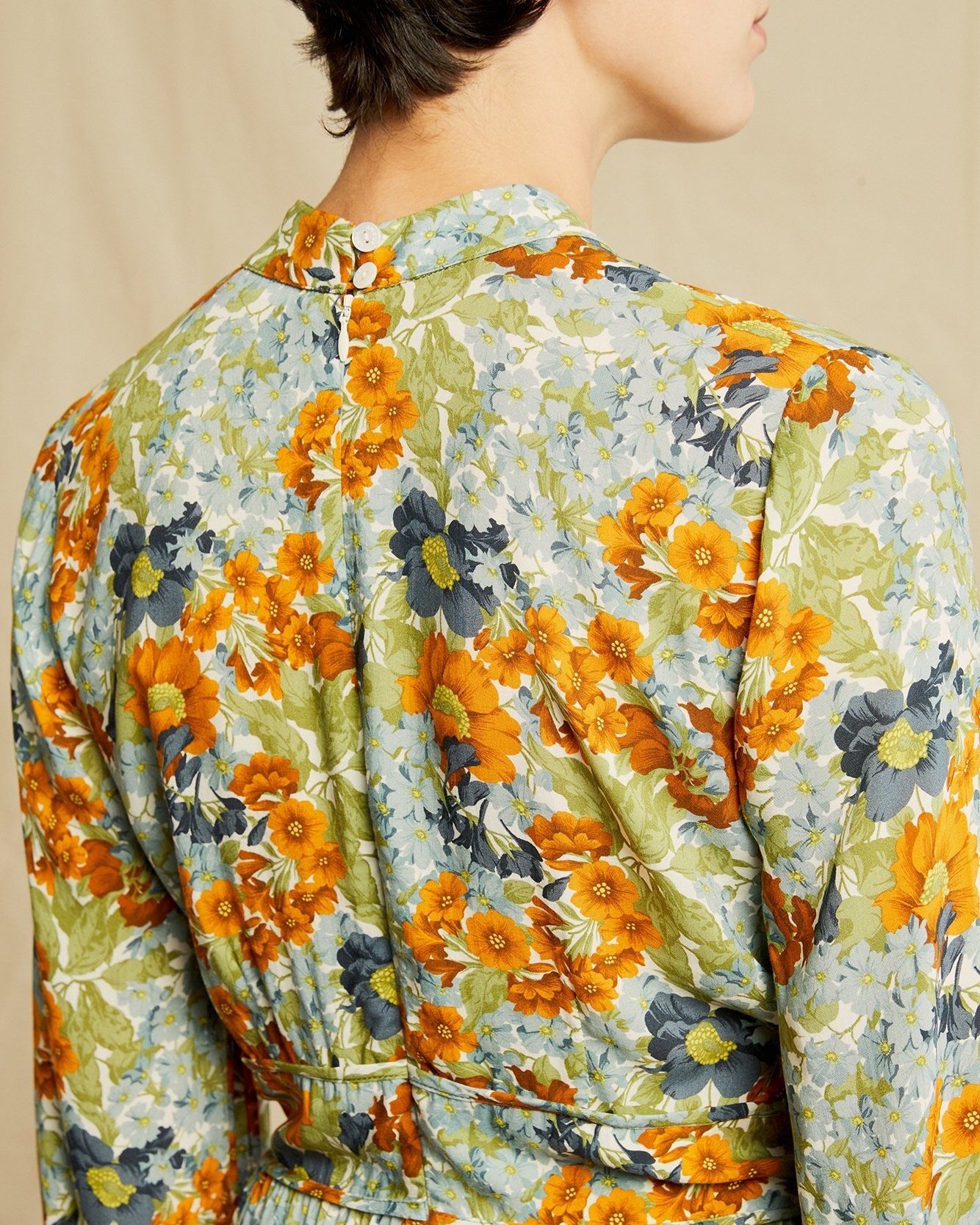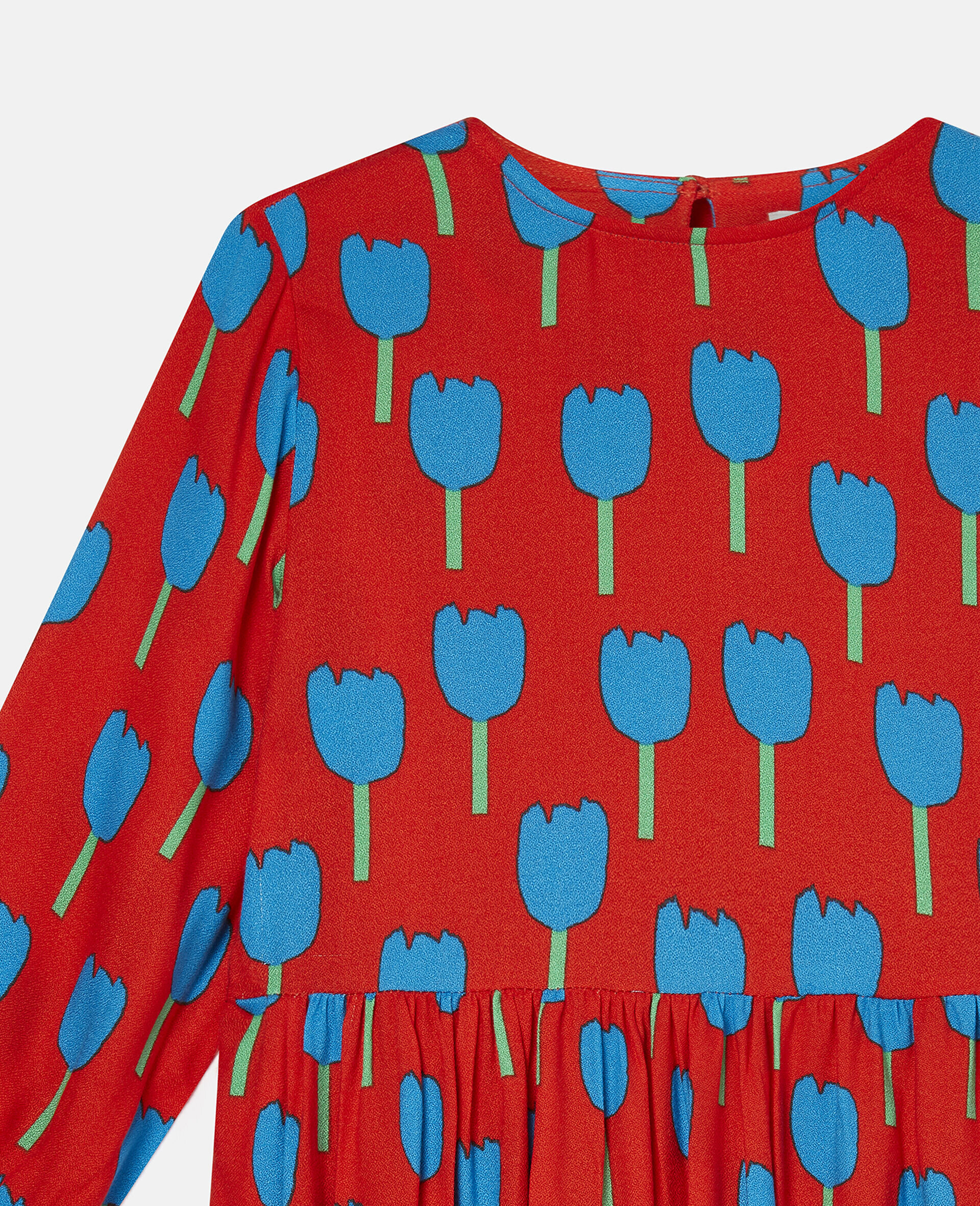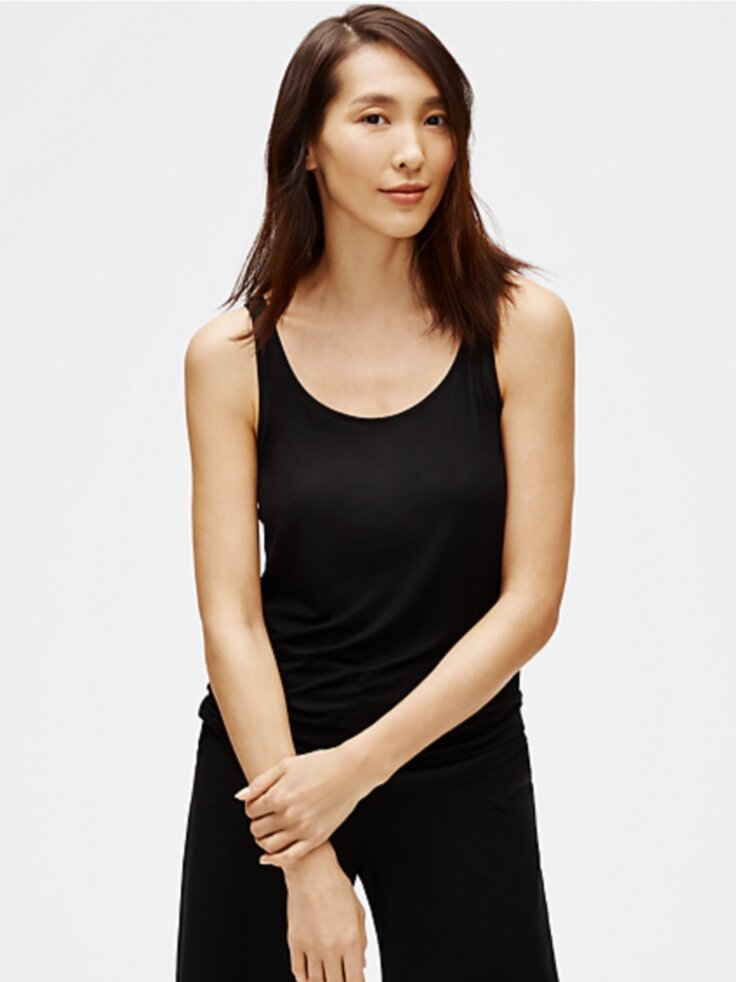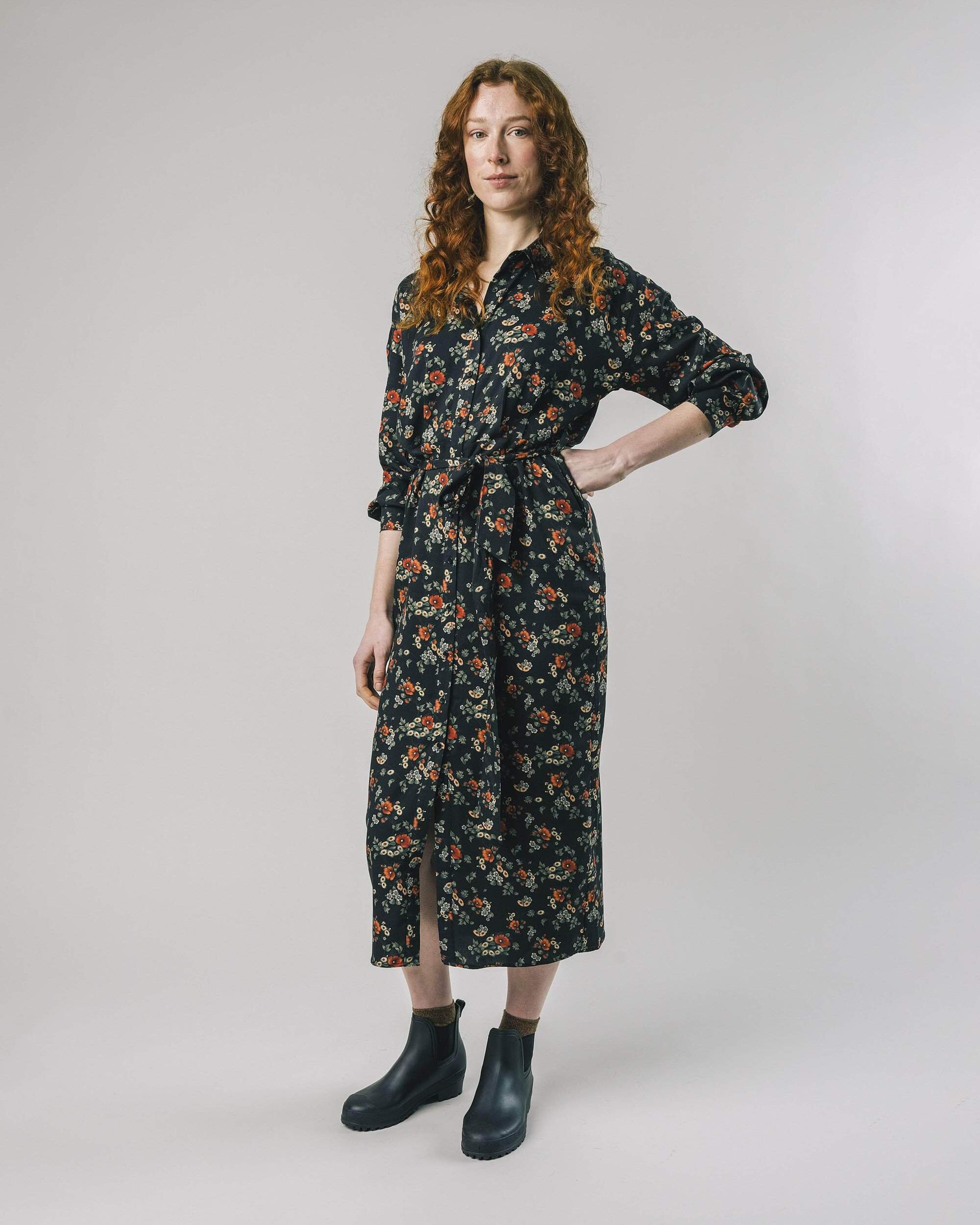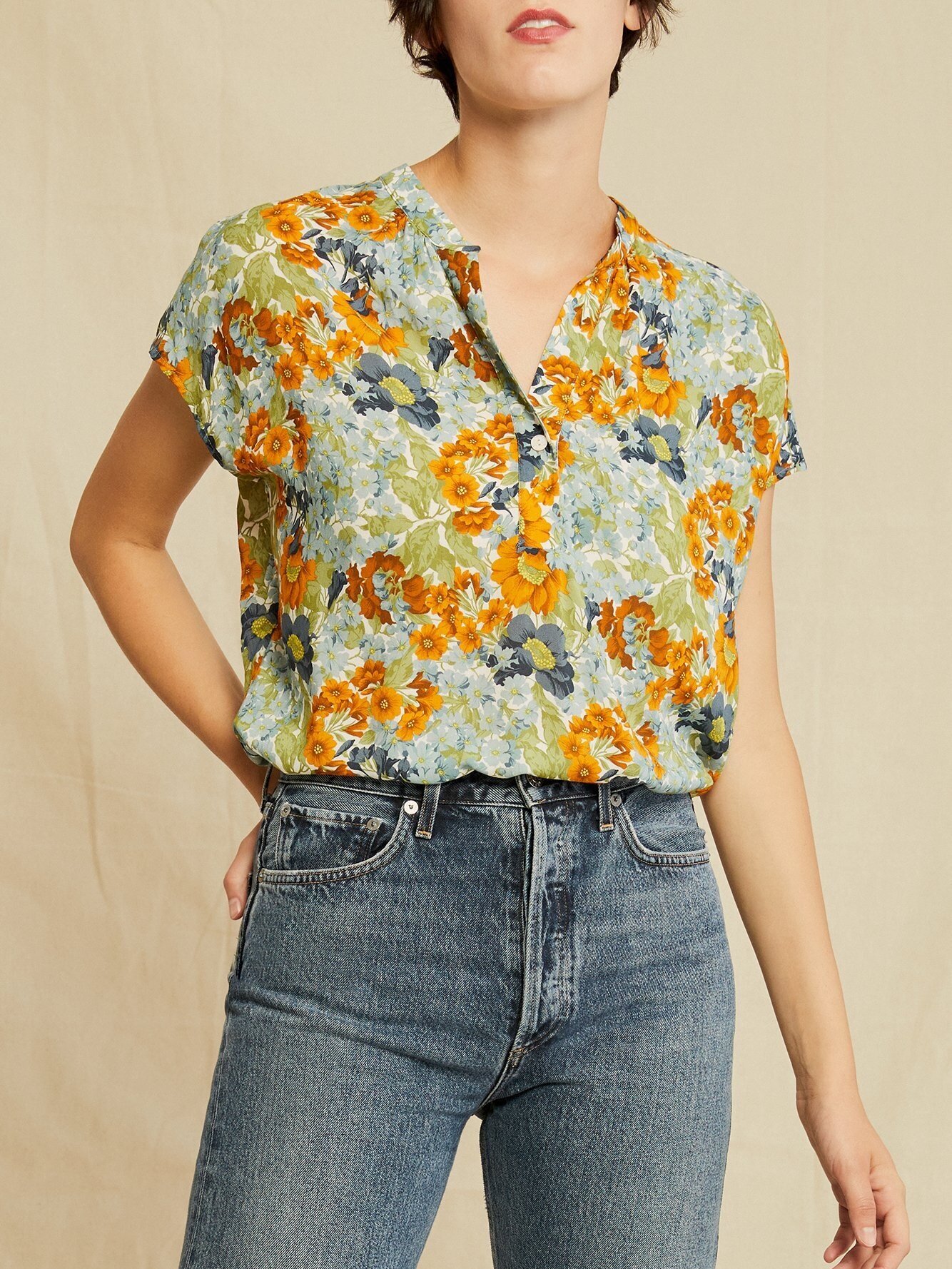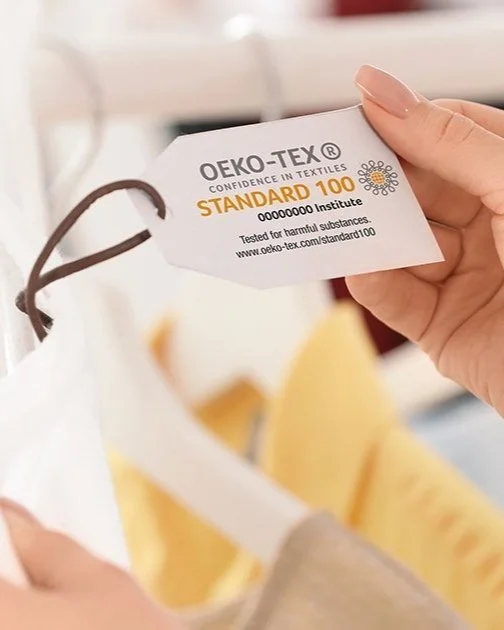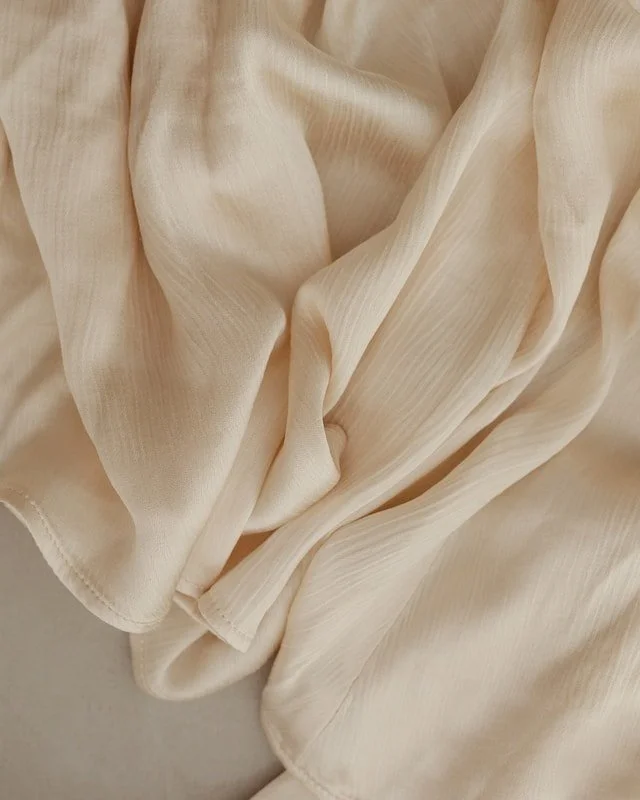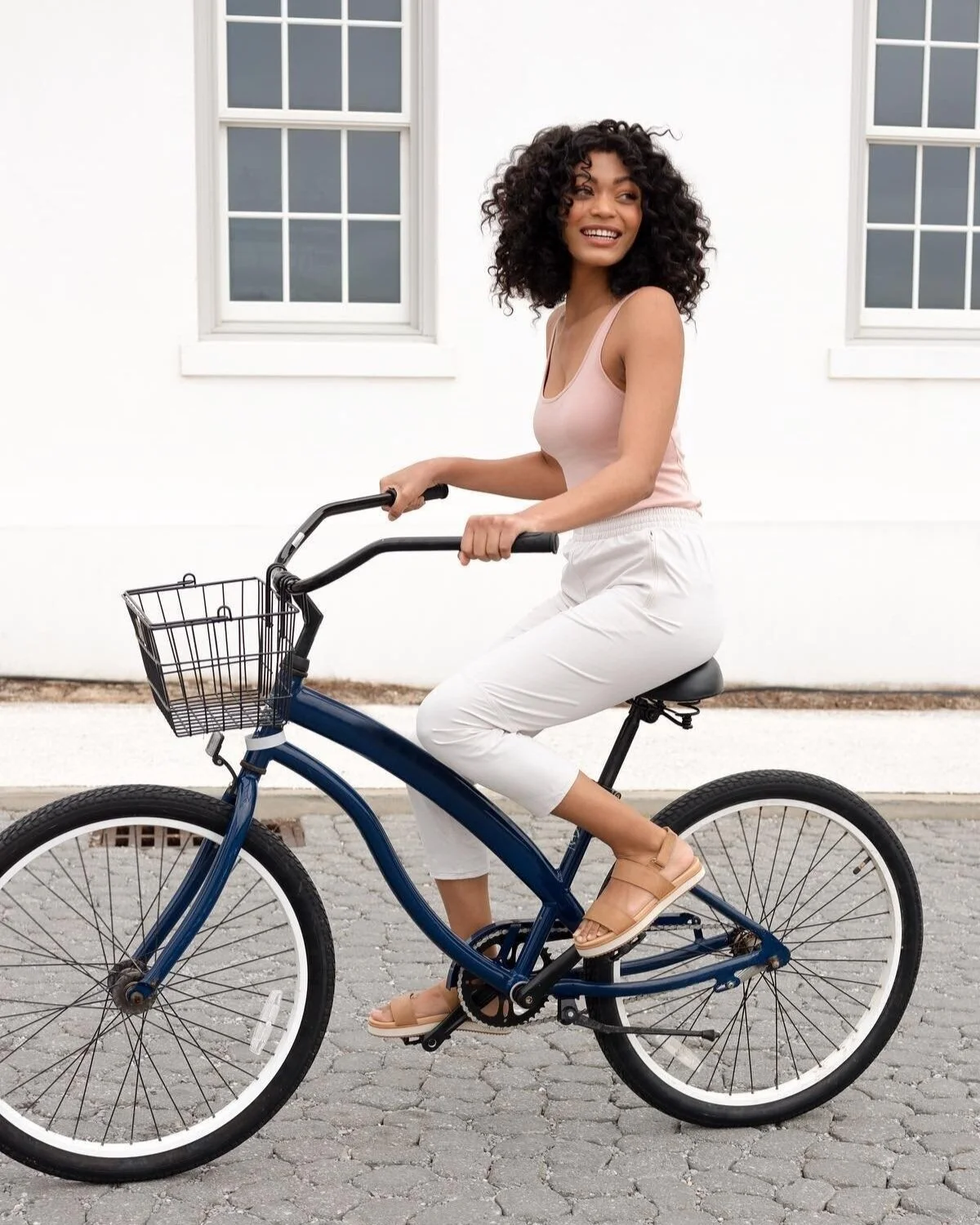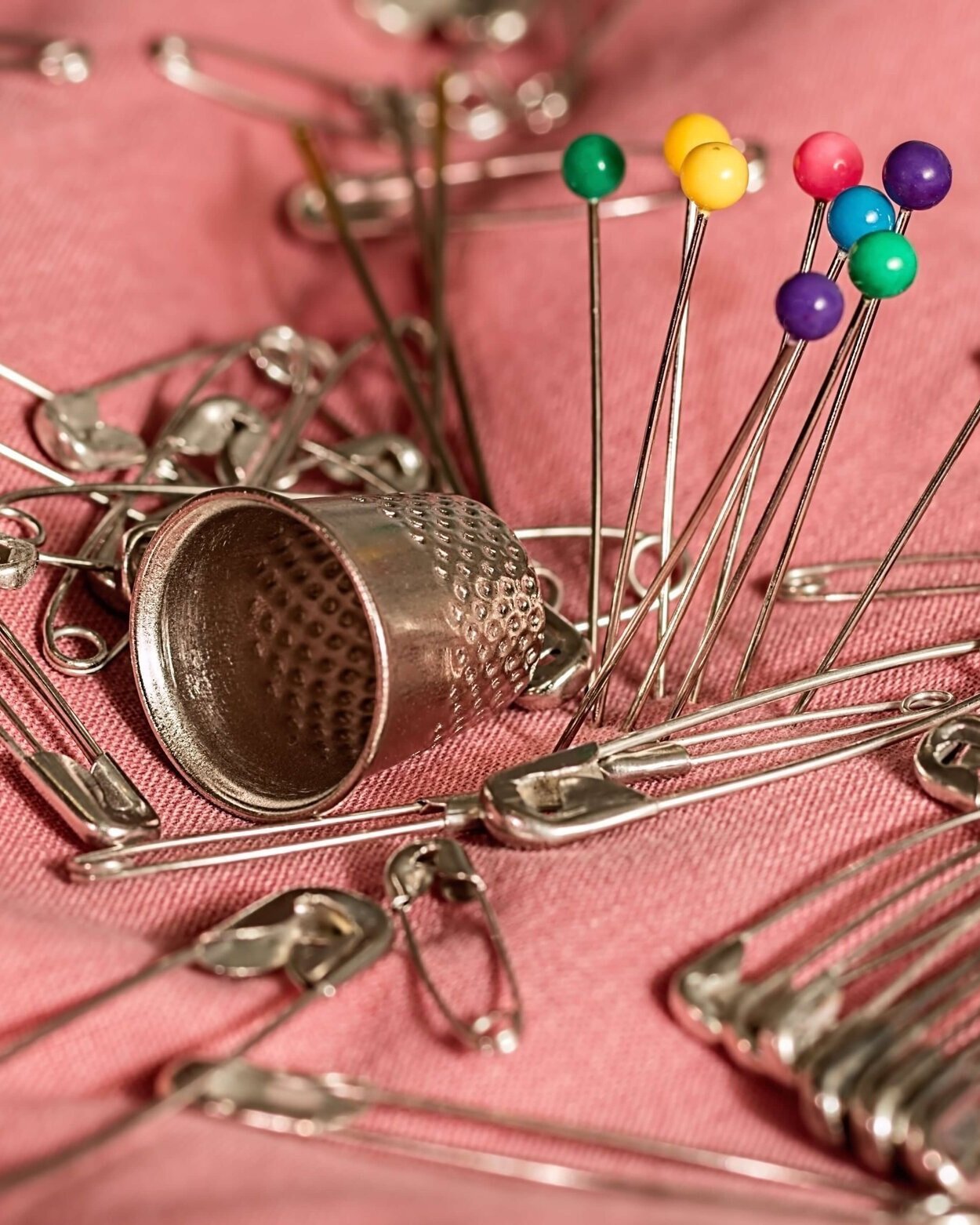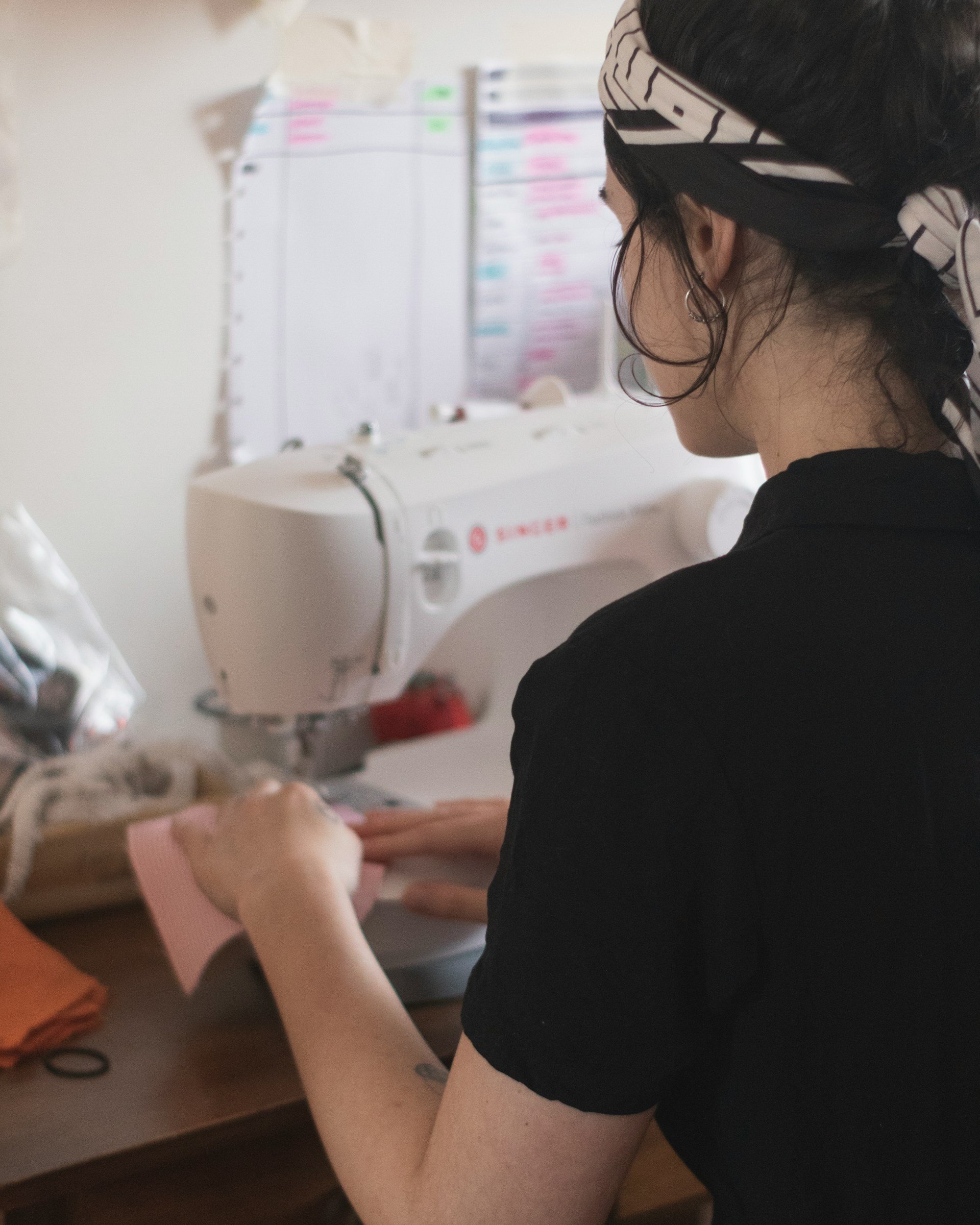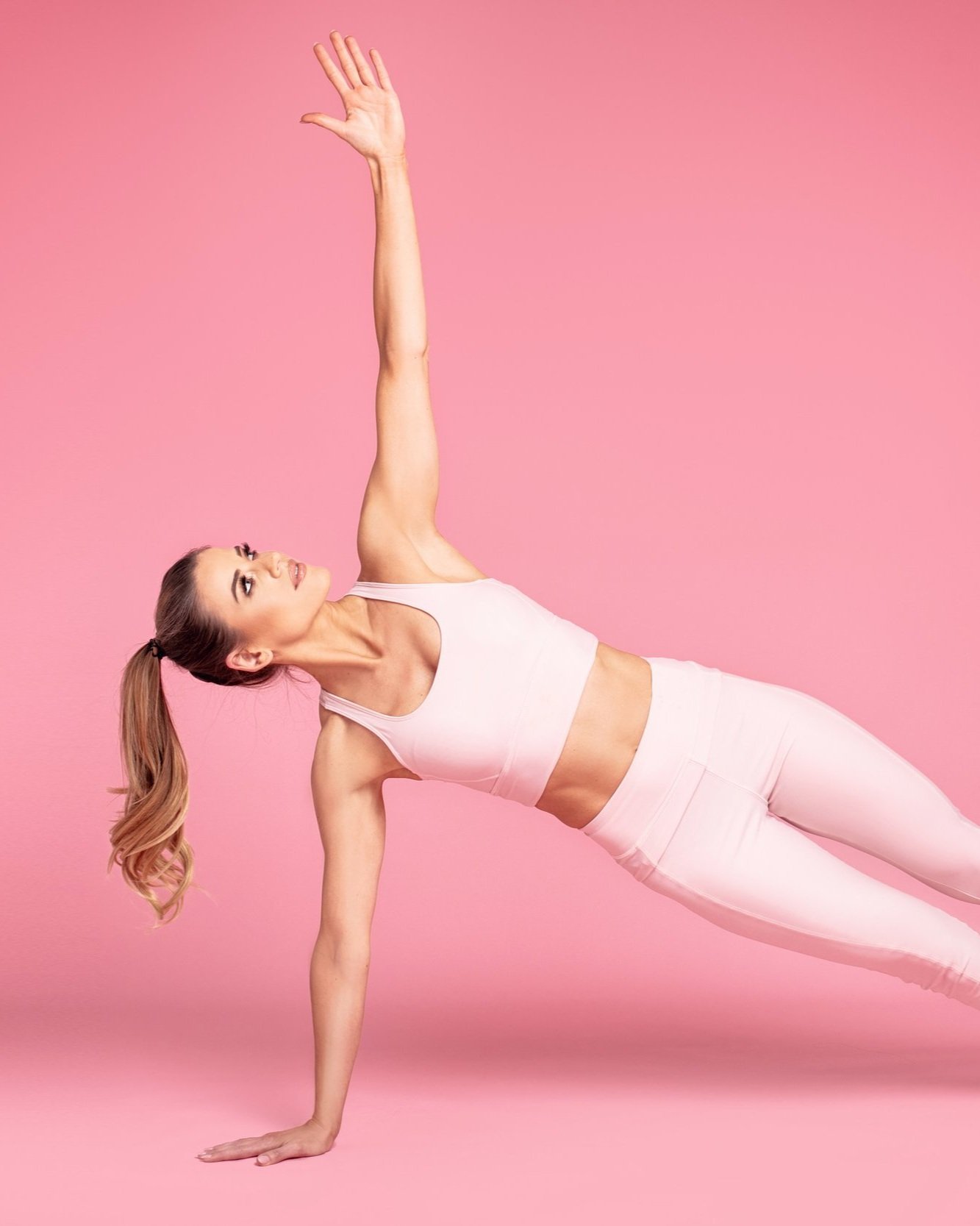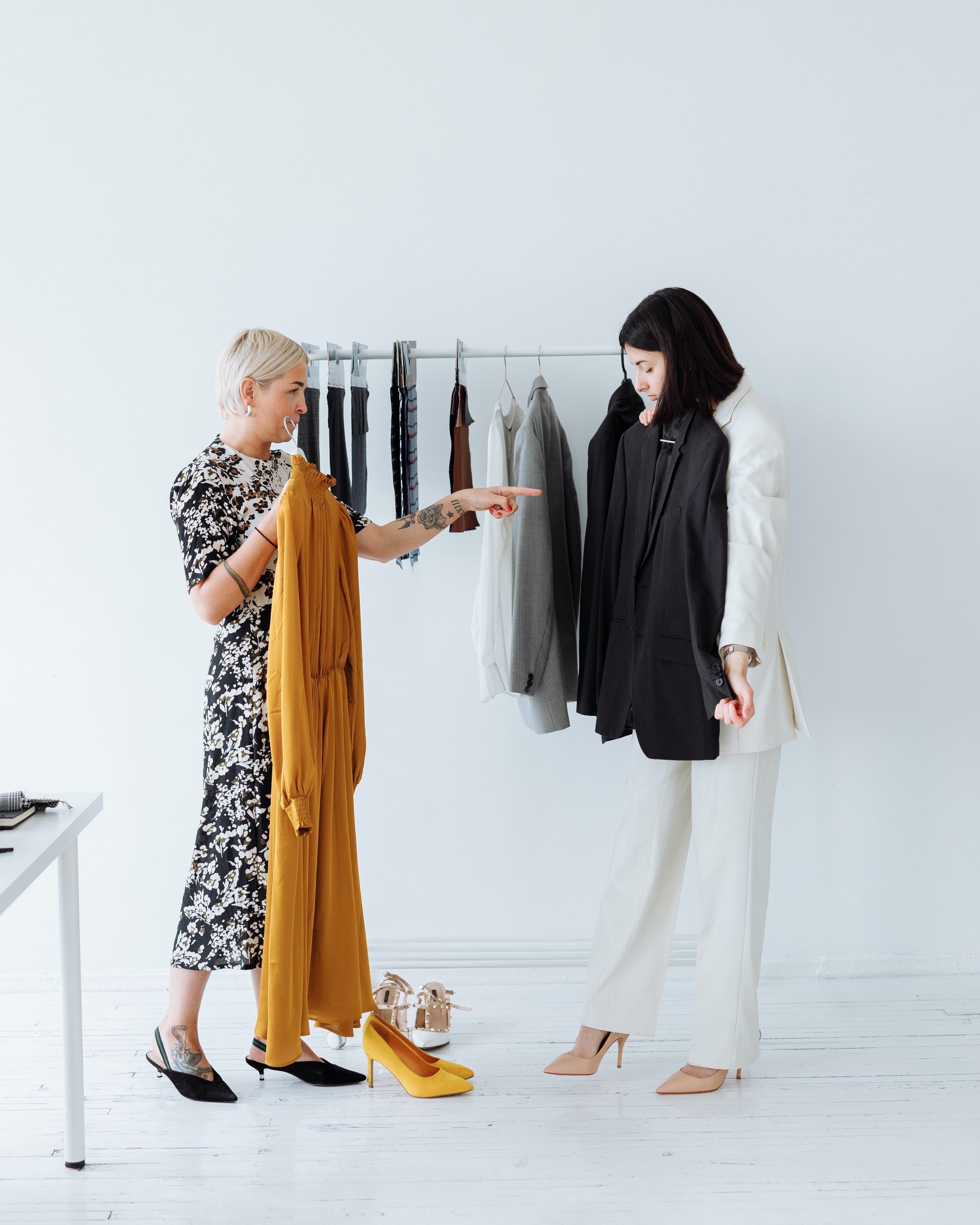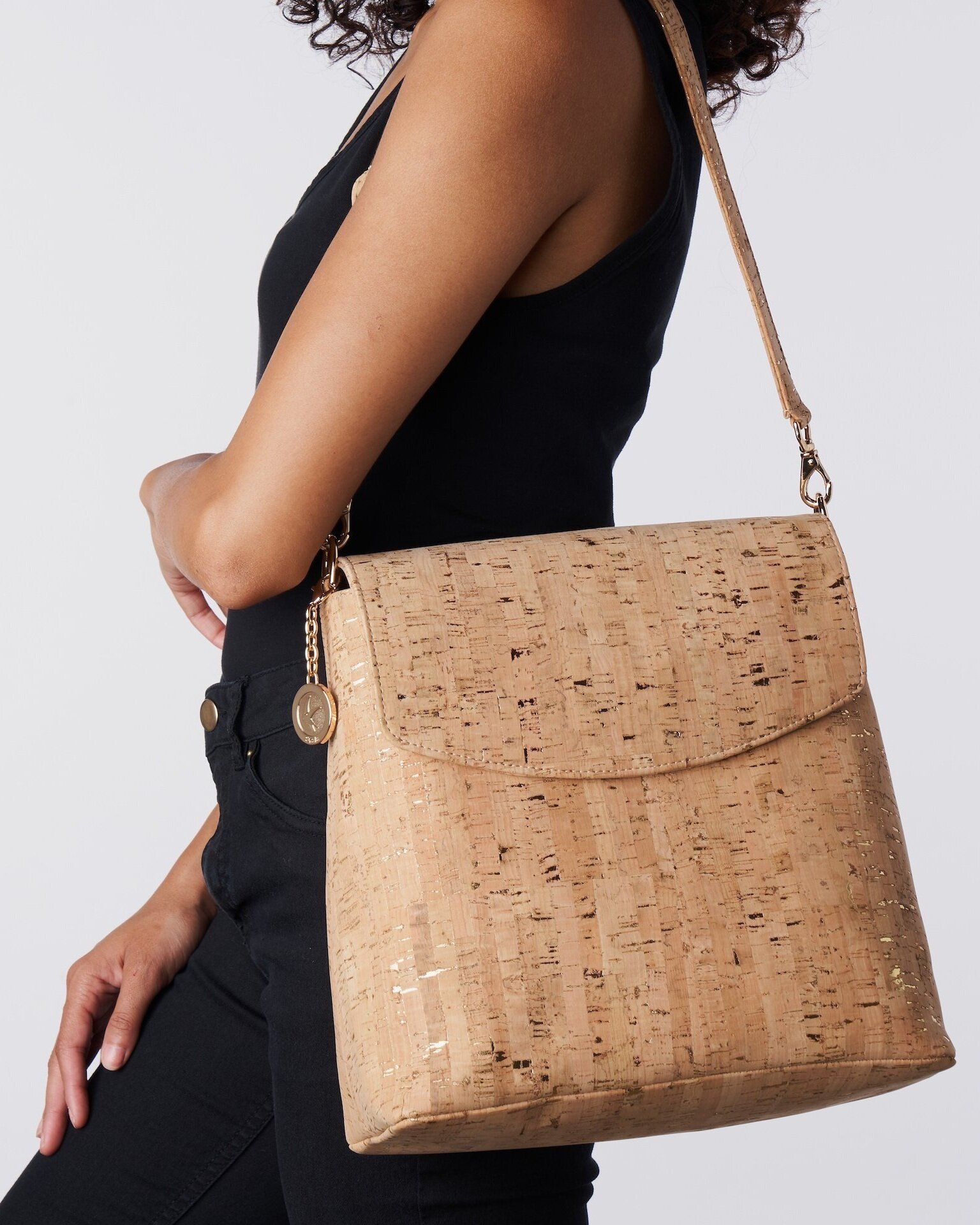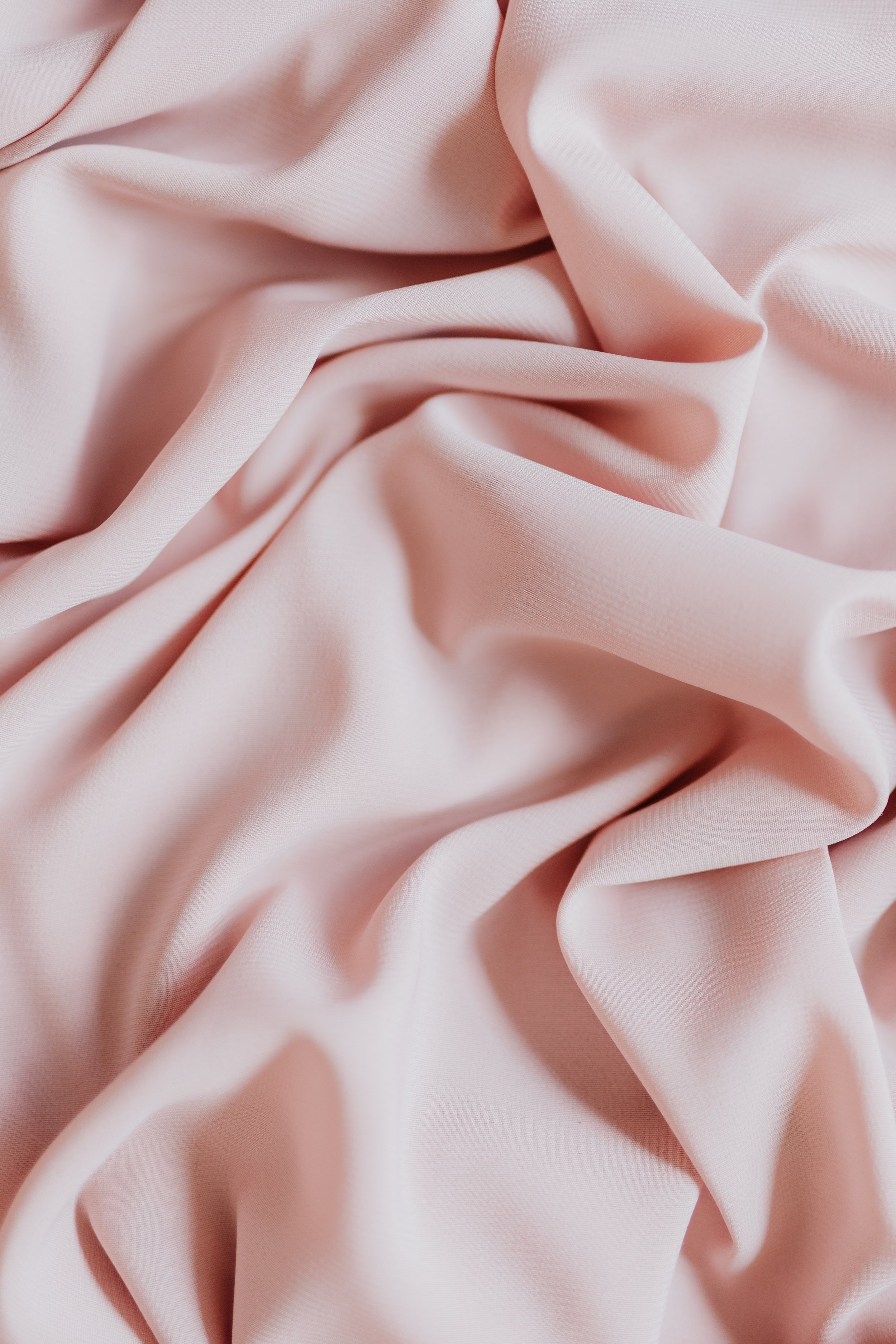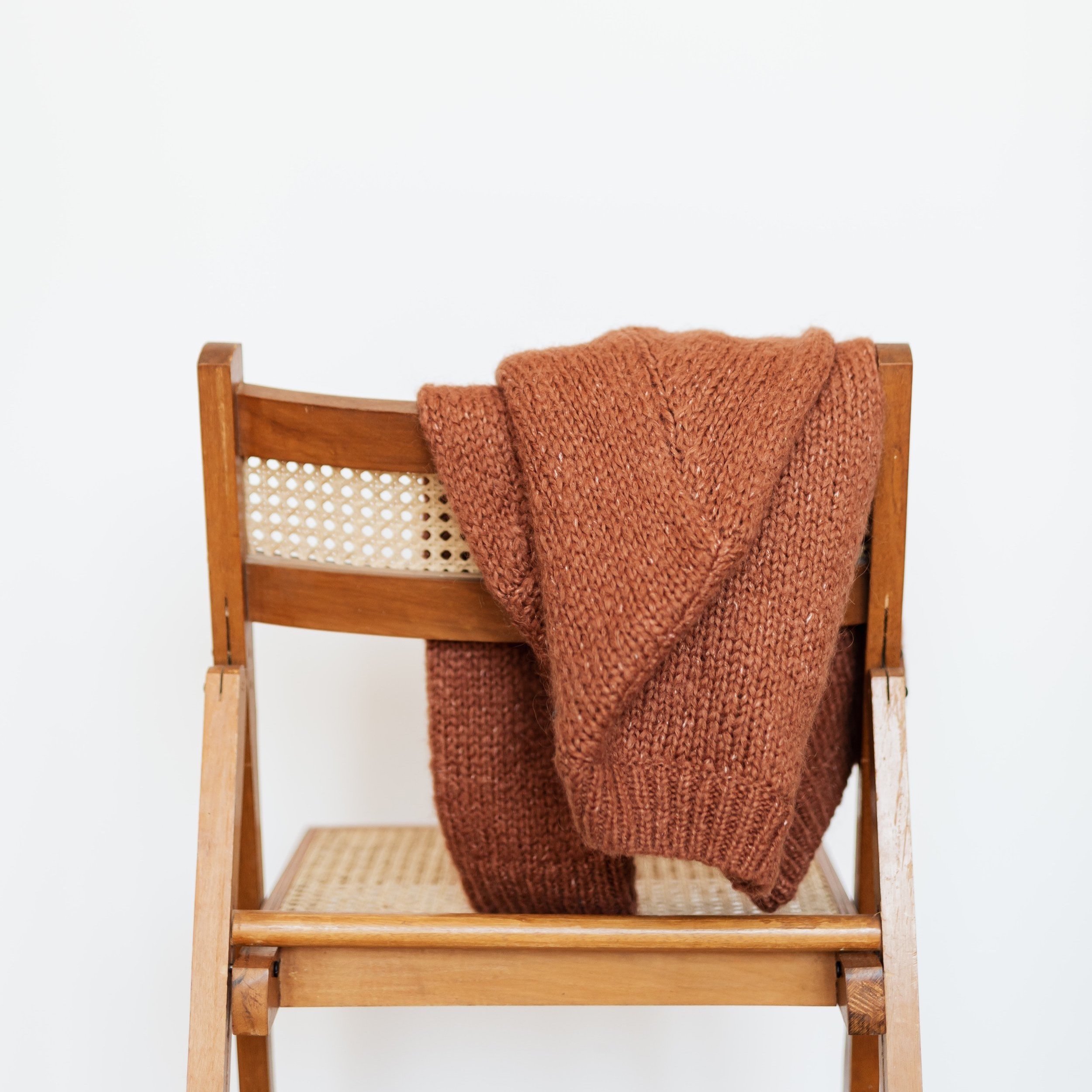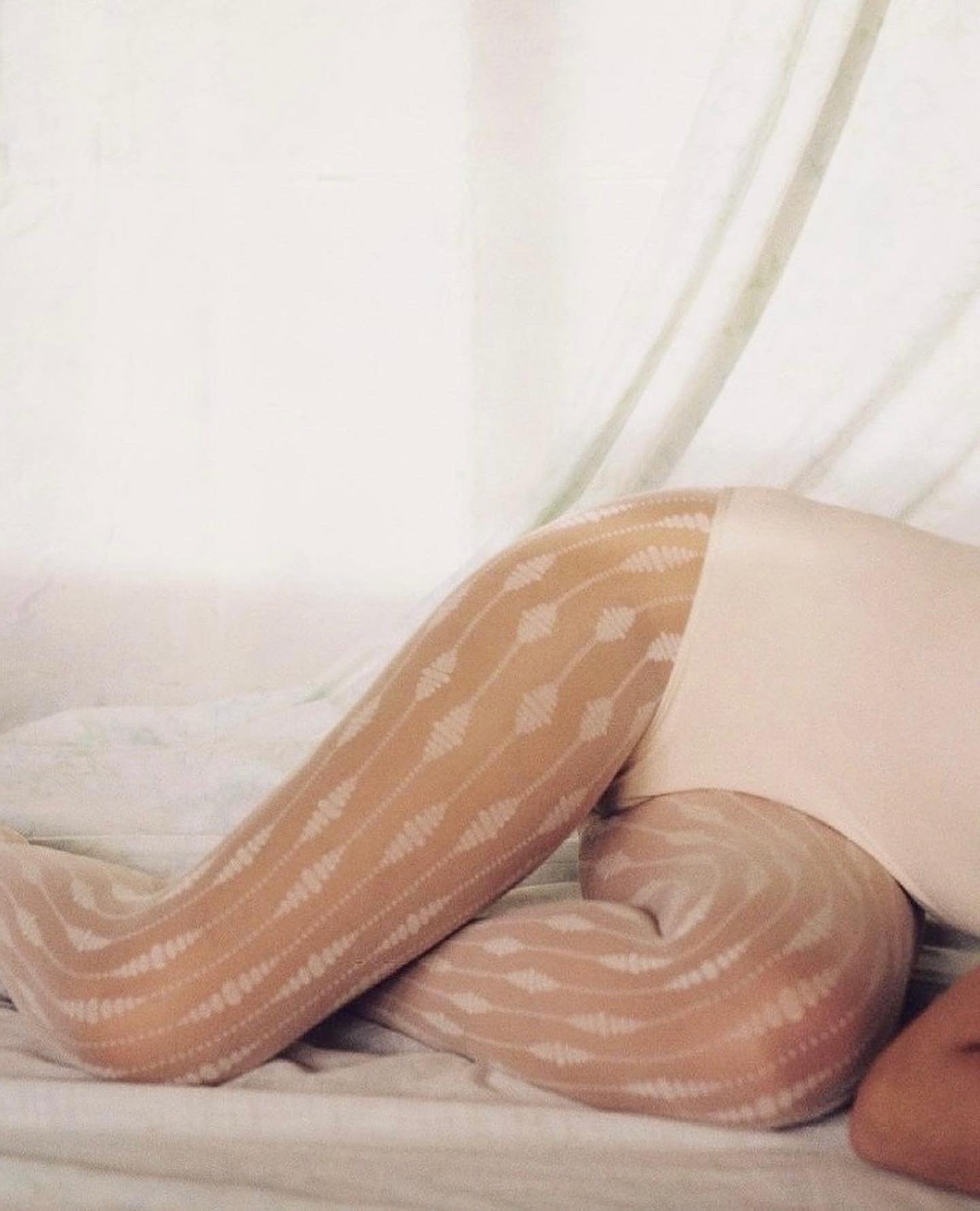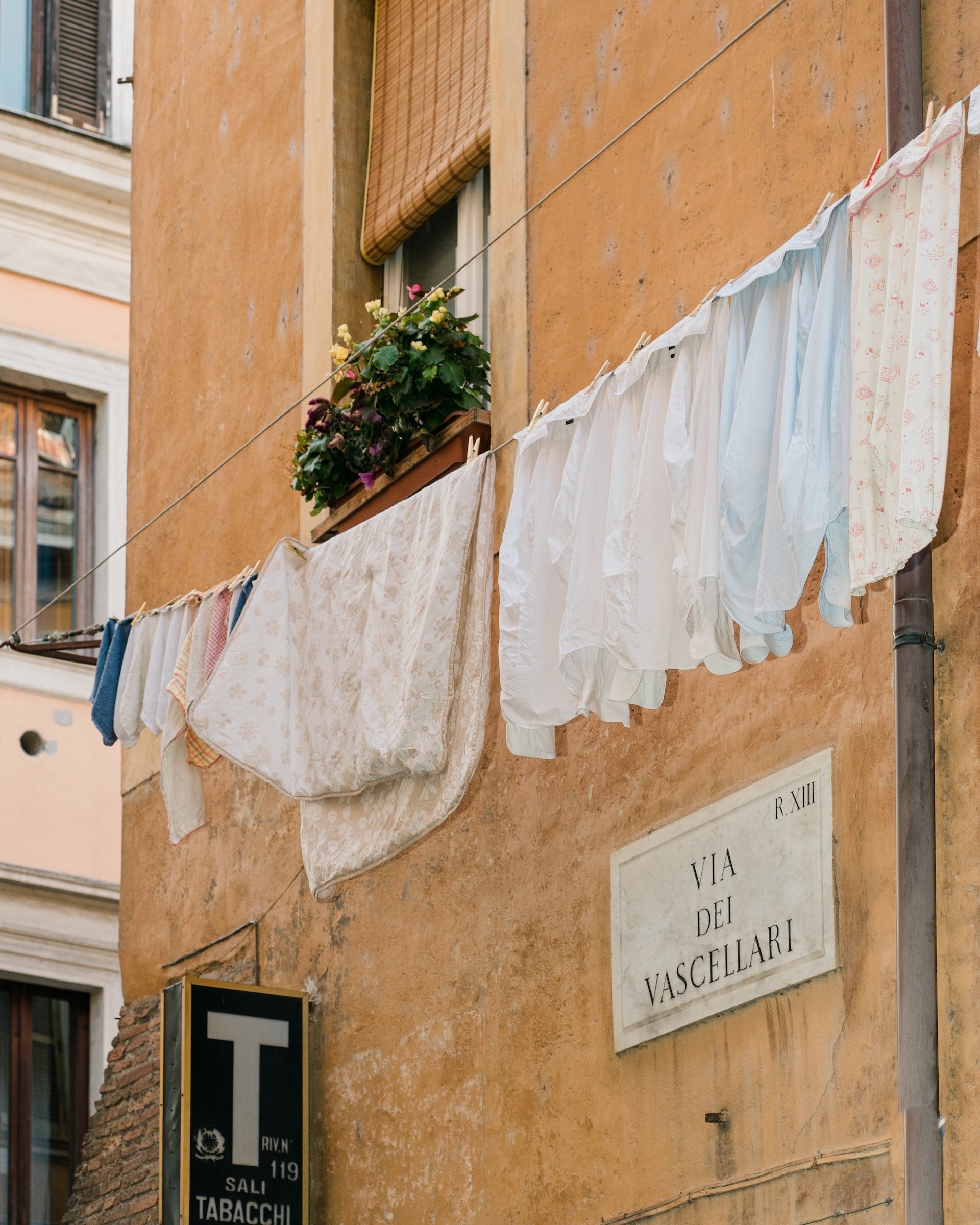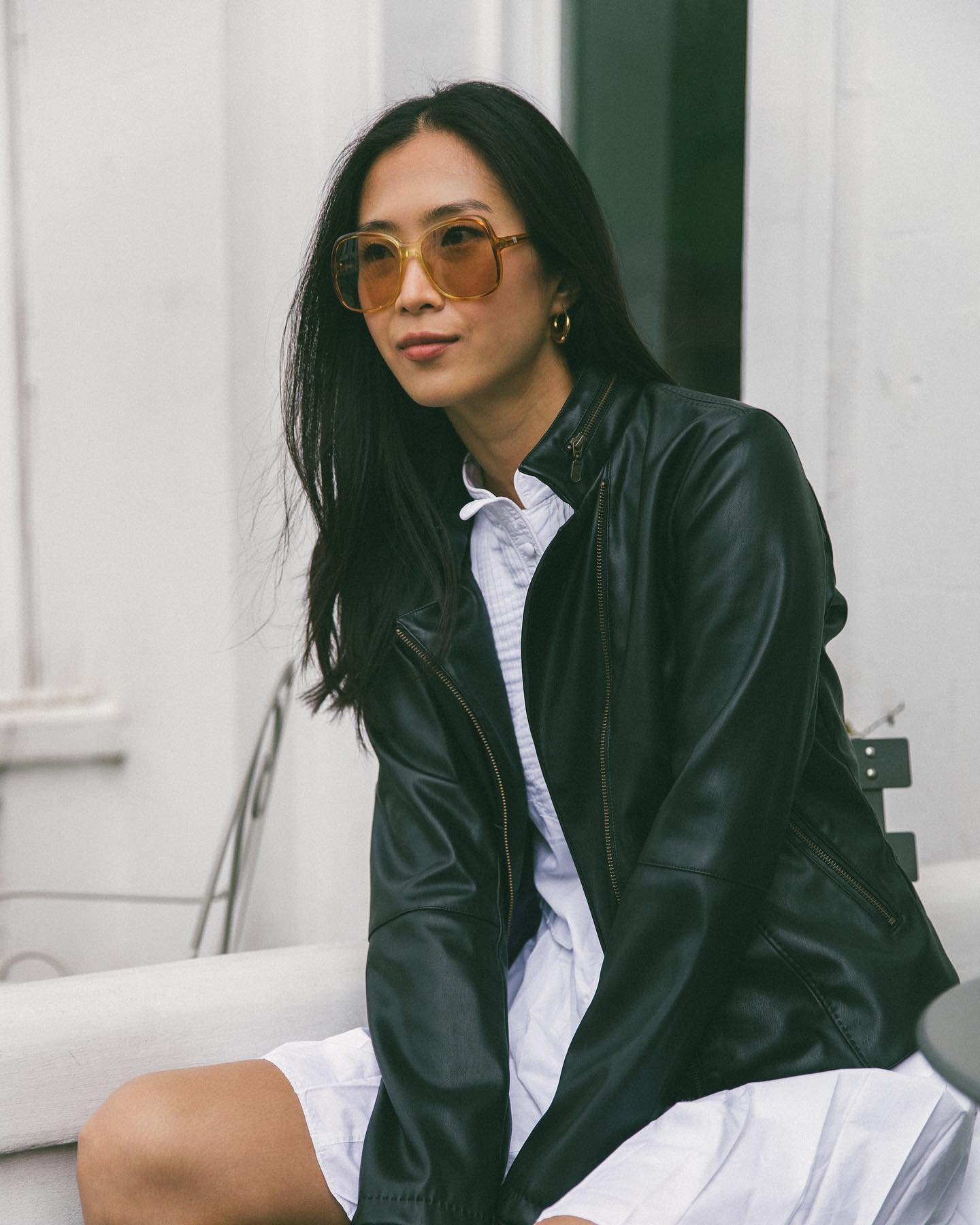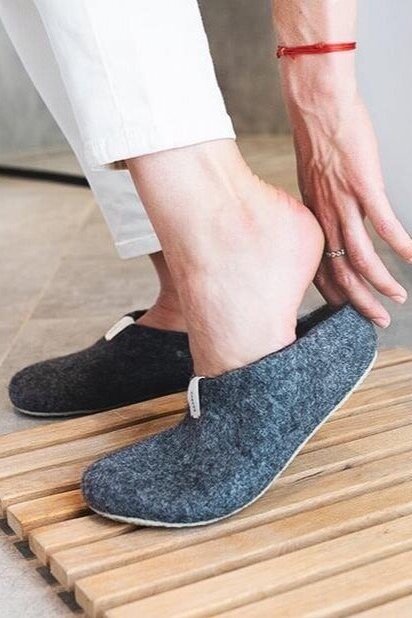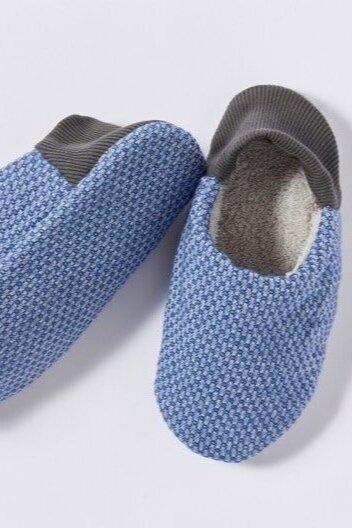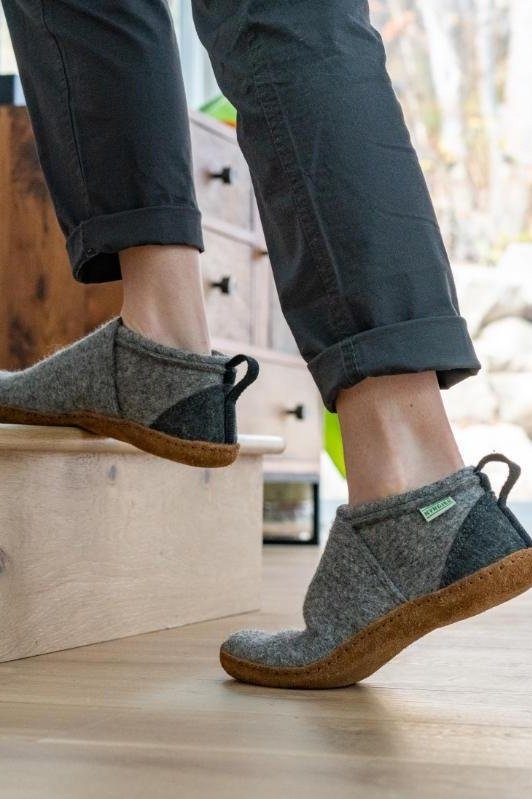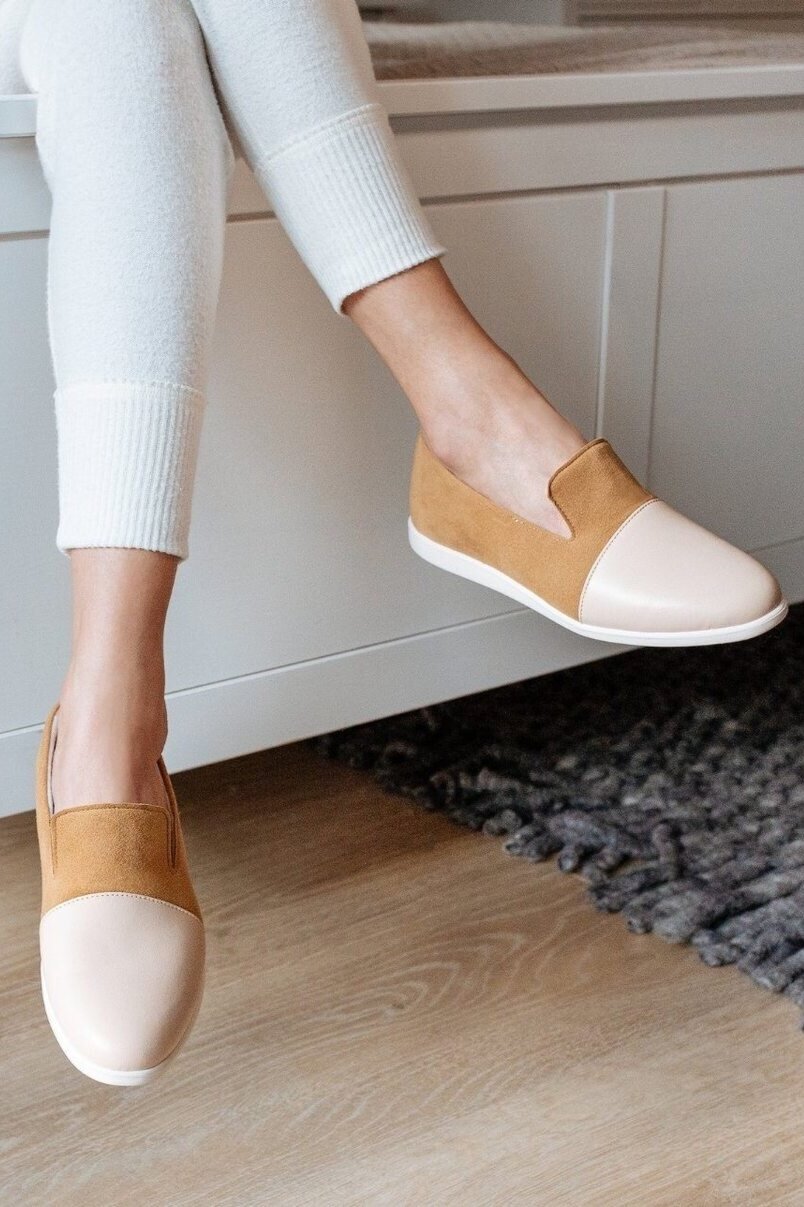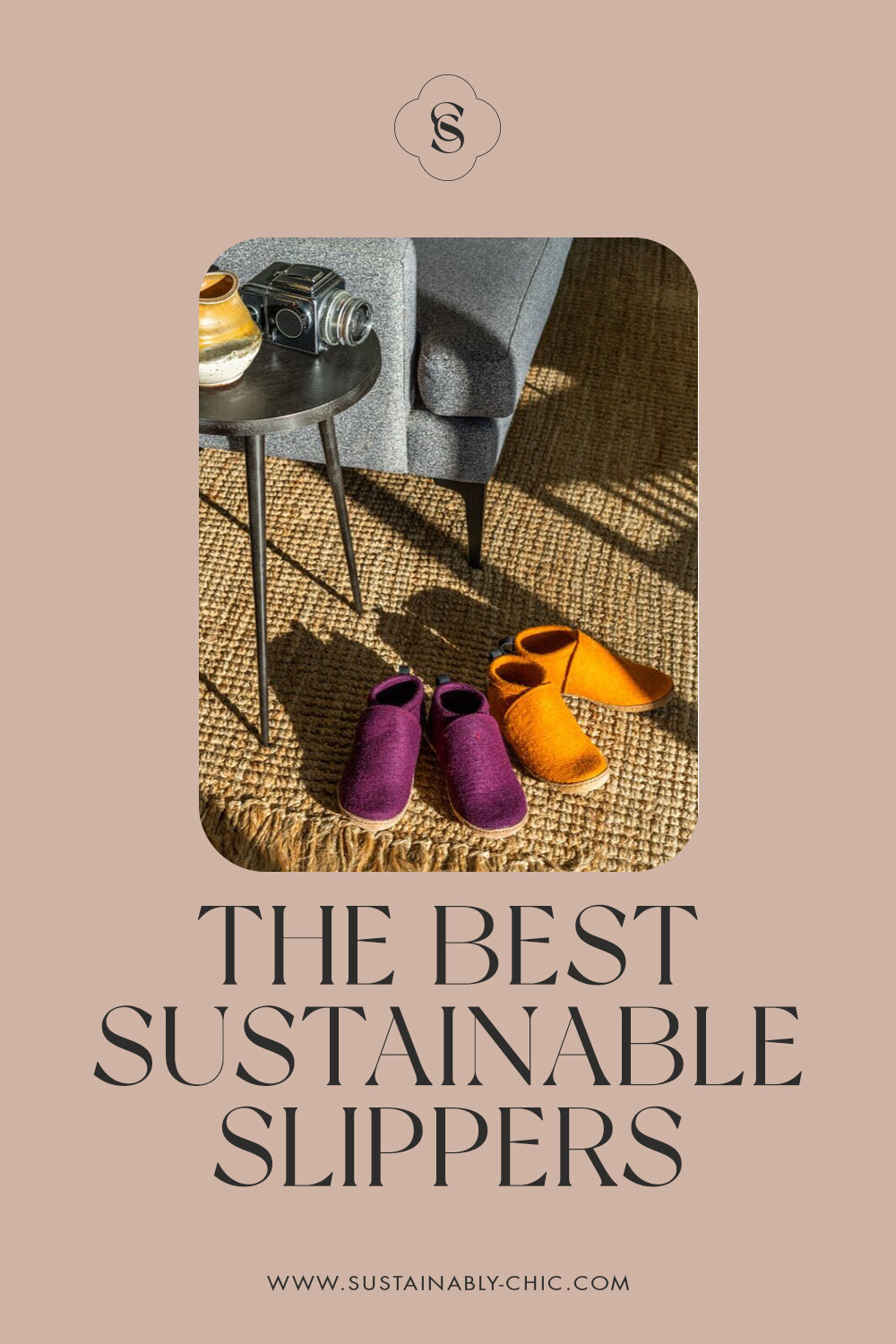Image: Moth Oddities
Disclosure: Some of the links below are affiliated; we may earn a small commission if you click through and make a purchase. We only add brands & products we truly believe in. Thanks for supporting the brands who are working to make the fashion industry a better place!
ONLINE STORES FOR SECONDHAND SHOPPING
A sustainable closet looks different for everyone, and if you don’t want to spend a lot of money on a new sustainably made dress, shopping secondhand is your best alternative!
Shopping Secondhand is the most inexpensive way to build a sustainable closet
One of the biggest complaints I receive from viewers is how expensive are sustainable fashion brands. Because these brands produce sustainable clothes with high ethical guidelines, they cannot offer their designs at the low prices you see in conventional fast fashion stores. People are finally being paid a fair wage, which makes sustainable fashion a little more pricey. While some brands have started offering payment plans, great sales, and lower price points, shopping secondhand is typically your best bet for higher deals on clothes.
secondhand shopping is a great way to support climate mitigation
Did you know that the average American throws out around 80 pounds of textile waste yearly? Many of us are familiar with the fashion industry being one of the most polluting in the world, so giving new life to clothes that may have ended up in landfill is such a fantastic thing to do.
Now, our favorite places to shop for secondhand clothing:
1) Flyp
For | Men & Women
Categories | Clothing, Bags, Shoes, Handbags, Accessories
Flyp is a dream app for those who want to sell pieces from their wardrobe but don’t have the time or energy to do it themselves. With Flyp, you just upload photos of your clothing, shoes, or accessories, and then professional sellers apply to sell them for you. They take care of the rest of the process, and you just pay them an agreed-upon commission!
code: SUSTAINABLYCHIC for 5% off (minimum purchase of £20)
2) Green Heart Collective
For | Women
Categories | Clothing, Accessories
Green Heart Collective is a treasure trove for preloved fashion, with every item carefully hand-picked from sizes 6-32. Help keep clothes out of landfill by taking part in a circular model of buying secondhand instead of new. This UK-based social enterprise reinvests its profits into its mission to reduce waste to landfill, as well as working with local charities in the North East of England - so you can look good, feel good and do good with every purchase.
3) M.M.LaFleur Second Act
For | Women
Categories | Workwear Clothing & Shoes
Almost a year ago, I wrote about how secondhand shopping is growing 21x faster than traditional retail and how many brands were starting to create their own pre-loved sites to keep their clothing in circulation rather than at the landfill. That’s why when M.M.LaFleur came on our radar, I knew this would be the perfect example to showcase on Sustainably Chic.
4) Etsy
Stores to Check Out | Wayward Collection, Vaux Vintage, Downhouse
There are SO many vintage/secondhand stores on Etsy, and it’s a platform I’m sure many of us have used at some point.
I used to own an Etsy shop, and always loved how easy the platform was to shop and list goods. Etsy is also the first major online shopping destination to offset 100% of shipping carbon emissions.
5) Wearwell
For | Women
Categories | Clothing, Accessories, Jewelry, & Home Goods
Wearwell is a sustainable fashion marketplace and membership platform (with lots of perks like a personal styling service!), but they also have a wearwellagain circularity initiative, too.
All you have to do is ship back your gently used wearwell pieces and then you get a discount on your future purchases. (The more pieces you send back, the bigger discount you get!) Then, they close the loop by offering affordable secondhand pieces on their site.
6) Moth Oddities
For | Men & Women
Categories | Clothing, Accessories
This is Yana Pietras & Ian O'Neill, and they are the creators of Moth Oddities. I had the joy of meeting them a few years ago in Charleston, SC during their USA roadtrip. They were traveling all over the US, finding really great vintage pieces along the way. They have a great eye for fashion, and always some cute dress pops up in my feed that I feel like needs to be in my closet. And the prices are always great!
7) Swap Society
For | Women & Kids
Categories | Clothing, Jewelry
The ultimate online clothing swap! For just a small monthly fee, you have access to one of the biggest clothing swaps in the world. Swap Society has 2 types of monthly memberships- LUXE & BASIC. The site works on a point system. When you send clothing in, a certain amount of points are awarded to you based on brand & quality of garment. With those points you are able to swap it for something of equal value.
8) Worn Wear
For | Men, Women & Kids
Categories | Outdoor Apparel, Activewear
I just LOVE that Patagonia has a used store so you can shop their repaired and secondhand clothes at a discounted rate. And they have clothing for the entire family! It would be great if more sustainable brands would have a platform like this where you could trade in your old clothes or have clothes repaired so you can keep on loving them.
9) Vestiaire Collective
For | Men & Women
Categories | Clothing, Bags, Watches, Jewelry
This online luxury thrift store has A LOT of secondhand categories and products to go through. Vestiaire Collective has over 25,000 new items submitted by their community of sellers every week, which enables buyers to search over 3,500 coveted and must have fashion pieces a day!! It’s an amazing collection.
10) eBay
Stores to Check Out | vonvixenvtg, DowntownGenerations, ShannonMyIndi
This may be an obvious one, but Ebay really does have some of the best secondhand and vintage finds on the internet.
I will definitely be making a much bigger list of great eBay stores to shop in the future, but here are just a few cool ones I recently found. It’s fun to be able to bid on items, but the prices are usually always pretty good.
I also look for a lot of sustainable brands like Sezane and Christy Dawn to see if anyone has listed anything!
11) Recurate
For | Shopify businesses to set up their own secondhand program
This idea is just too cool! A new startup called Recurate is making it easier than ever for sustainable brands to create their own secondhand shop. Being able to shop secondhand products we know are sustainably-made in the first place is like a double win! Recurate understands that secondhand shopping is growing 21x faster than traditional retail, and so many brands could benefit from this amazing concept. If you are a Shopify store, visit Recurate here, today, to learn more!!
click - here - to find 10 more used clothing apps for secondhand shopping
PIN THE PHOTO TO SAVE THIS POST FOR LATER
WANT MORE SUSTAINABLE BRANDS? VISIT OUR BRAND DIRECTORY!
Our Brand Directory is home to hundreds of sustainable brands, from makeup to cleaning supplies, from underwear to shoes. We have broken everything down by category for easy shopping, along with discount codes unique to Sustainably Chic viewers.




